NOTE: Old Version of Project Details Found At: https://docs.google.com/document/d/15zJV8n_mmsi-2uBfyr8qPgzABSB5OiX3CfhfoaBXDTw/edit?usp=sharing
Abstract
HydroPWNics is an open source intelligent, connected, and autonomous hydroponic and dirt based garden control system. The goal is to design and develop an open source garden control system to facilitate sustainable independent farming. Existing systems for this purpose are mostly proprietary and expensive, HydroPWNics aims to be a fully open source and cost effective solution for everyone!
Overview
More specifically HydroPWNics is the system of hardware and software designed to control and monitor hydroponic gardens. The goal of such a system is to create a precisely controlled automated hydroponic garden. The benefit of such a garden would be autonomous food production, self-sustainability, and conserve water as a resource. The system consists of custom electronics and software integrated with and builtd on top of the already existing Neuron Robotics development kit. Hardware consists of the Neuron Robotics DyIO module, the HydroPWNics modules, and a Beaglebone Green. The DyIO is used in the AC power control box subsystem. The HydroPWNics modules are used for wireless plant and environmental sensing, and the Beaglebone Green runs the Java application directing all the hardware. The software consists of a Java application running on the Beaglebone Green for controlling the garden and a webui/website for viewing plant data and controlling the garden remotely. The Java application is written in the Neuron Robotics SDK and the HydroPWNics API, this application is what controls the garden, directing the hardware modules (DyIO, HydroPWNics modules) and sending plant data to the cloud (http://www.vivaplanet.io/).
Problem
HydroPWNics was started with the idea of creating an autonomous hydroponic garden. The purpose of such a garden would be for the autonomous and ultra-efficient production of healthy food produce. Modern human beings have busy schedules, may lack the expertise for agriculture, or be in a location that makes it difficult. HydroPWNics aims to be a complete open source autonomous hydroponics garden using the nutrient film technique method to save water. Developing nations could possibly make use of such a system to maximize food production and save huge on fresh water, a scare resource in some nations. Thought not initially, HydroPWNics will evolve into a solar powered system, further extending its efficiency and making it more energy friendly. By virtue of being open source HydroPWNics and every subsystem it incorporates is available to anyone everywhere. Additionally the basic components of the system are designed from parts easily source-able at hardware stores aside from the electronics.
Detailed Breakdown of The Whole System
Electronics:
HydroPWNics Cape - Beaglebone Green Cape
The HydroPWNics Cape turns a Beaglebone Green (or any Beaglebone really) into a base station and system controller for HydroPWNics. On board there will be two WiFi modules, one module will be for connecting the Beaglebone to the internet via the home WiFi network the other module will be for creating an adhoc network for connecting to SunLeaf modules. Also on board there will be power management circuitry to run the whole system off a battery if power is lost , a set of MOSFETs for relay control, and a RepRap discount display connector (hello incorporating existing open source tech ).
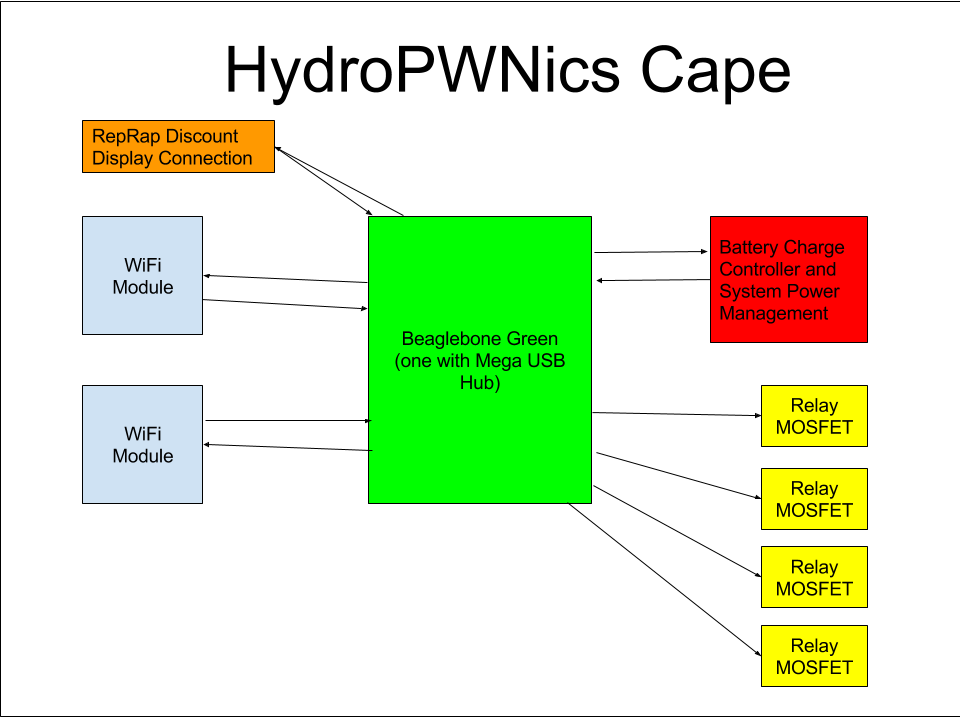
Specs:
- (2x) WiFi Module
- (4x) MOSFETs for Controlling Solidstate Relays
- RepRap Discount Display port, for external control and data display
- Power management system for battery operation failsafe mode
Sensors and Sensing
SunLeaf Module
Sensor interfacing will be accomplished with SunLeaf module, a project born out of HydroPWNics for general purpose sensing applications. For use in the HydroPWNics system the SunLeaf modules will be flashed with a custom firmware and configured to run off a power supply feed rather than a...
Read more » AVR
AVR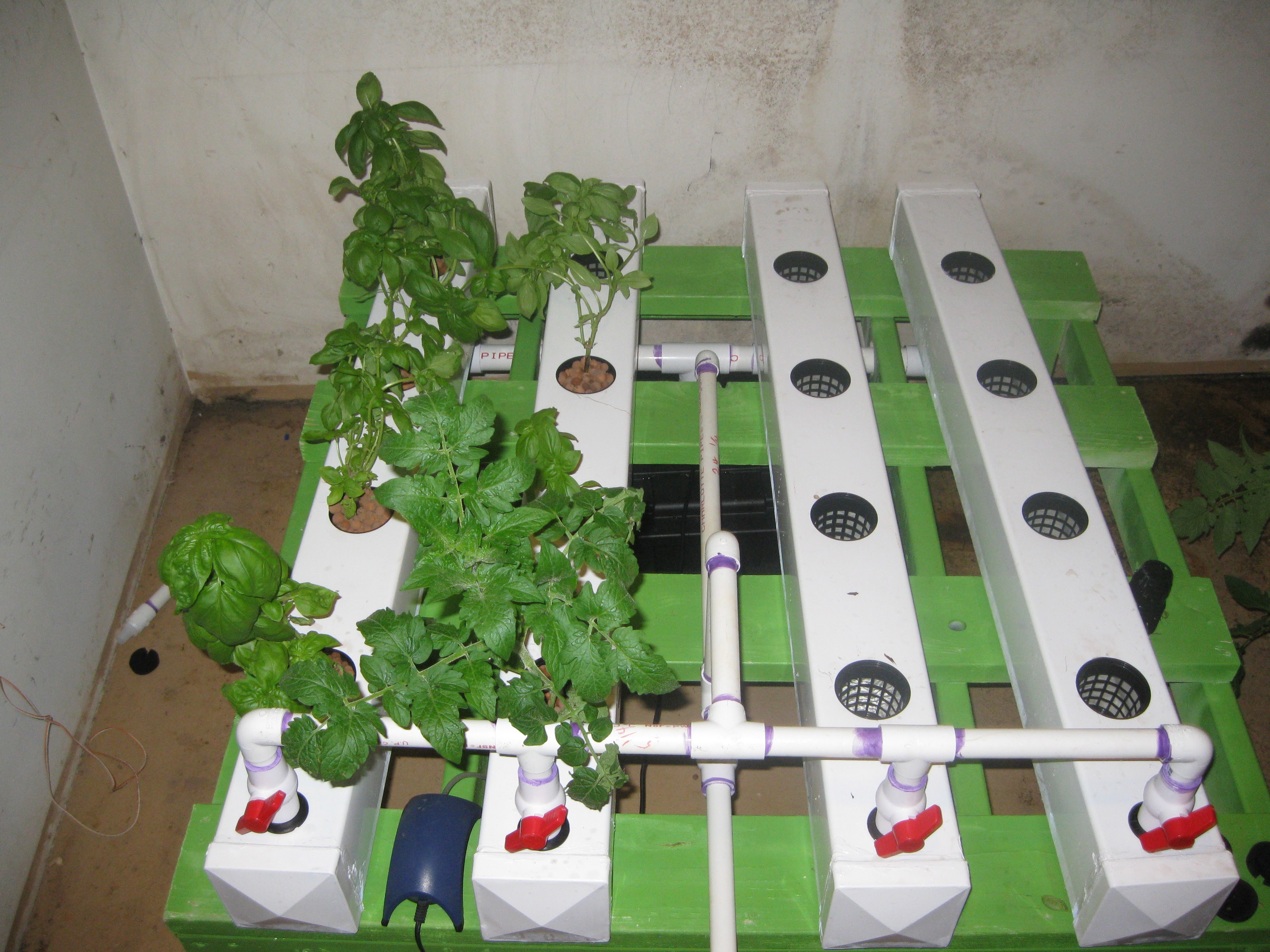
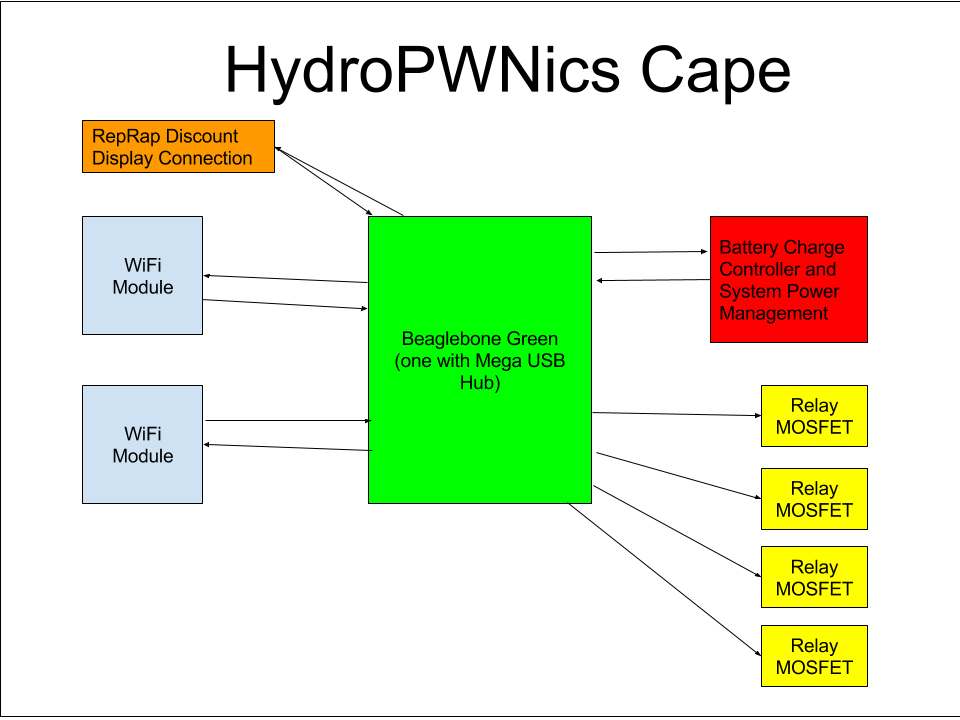
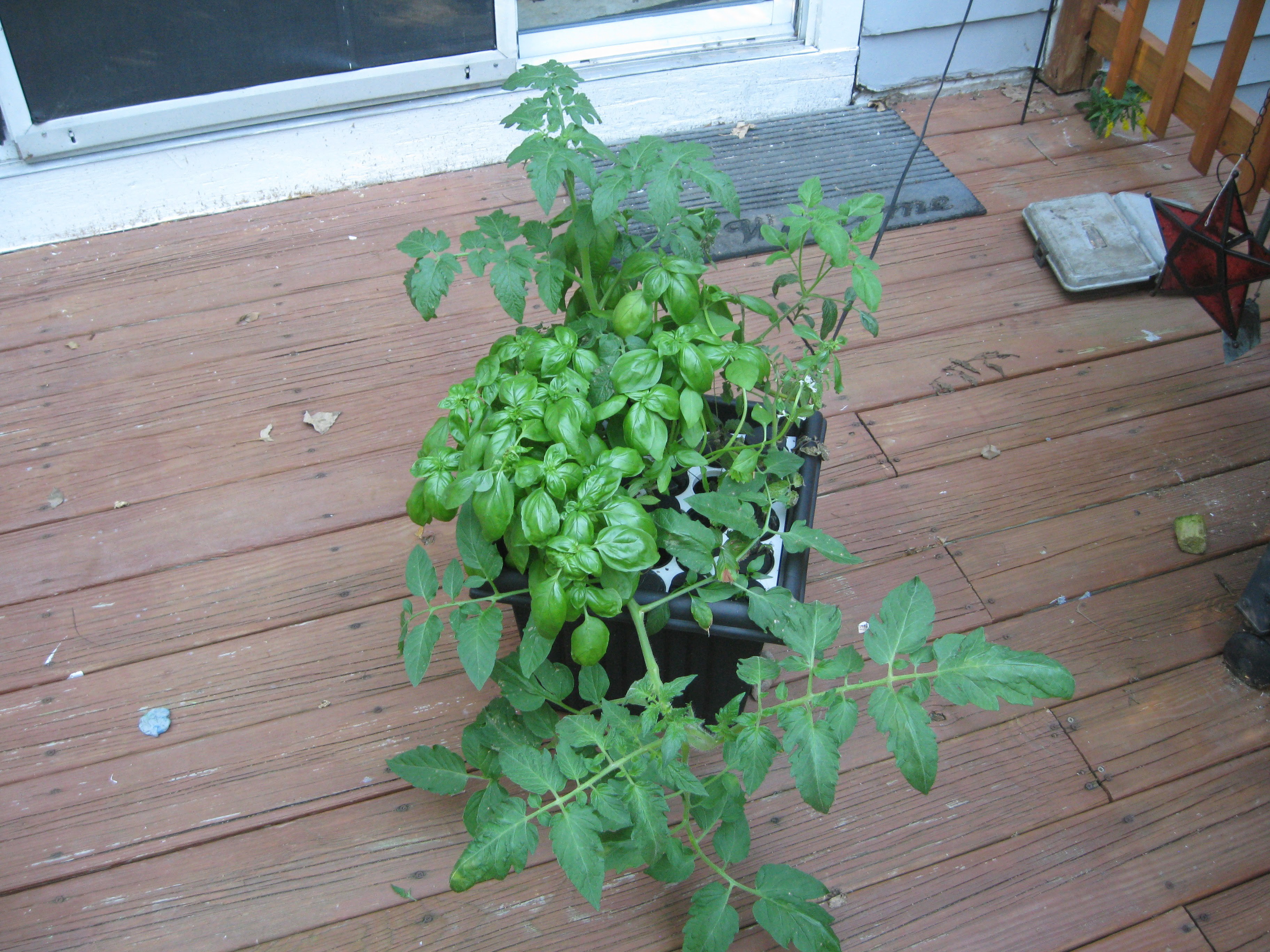
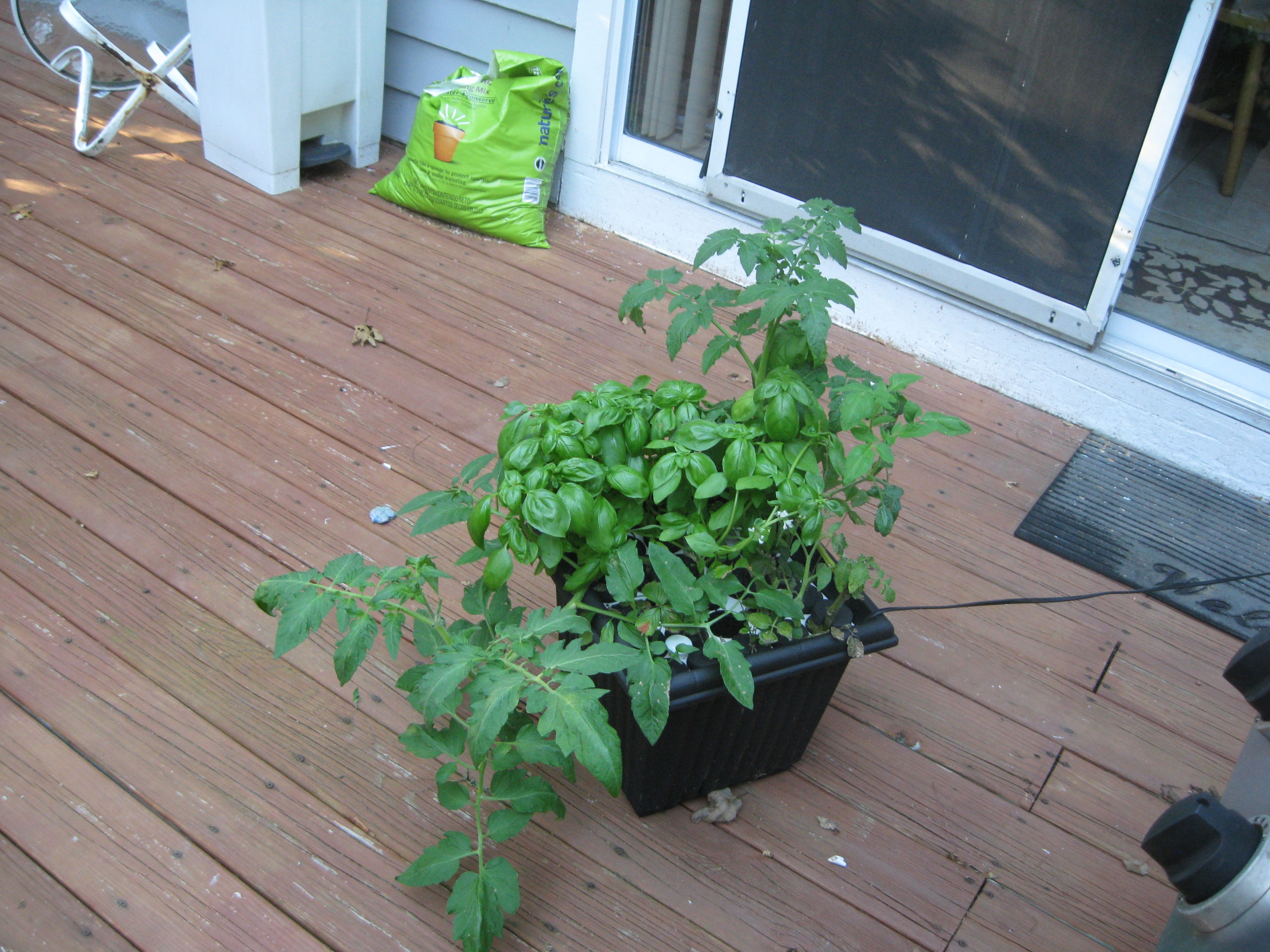
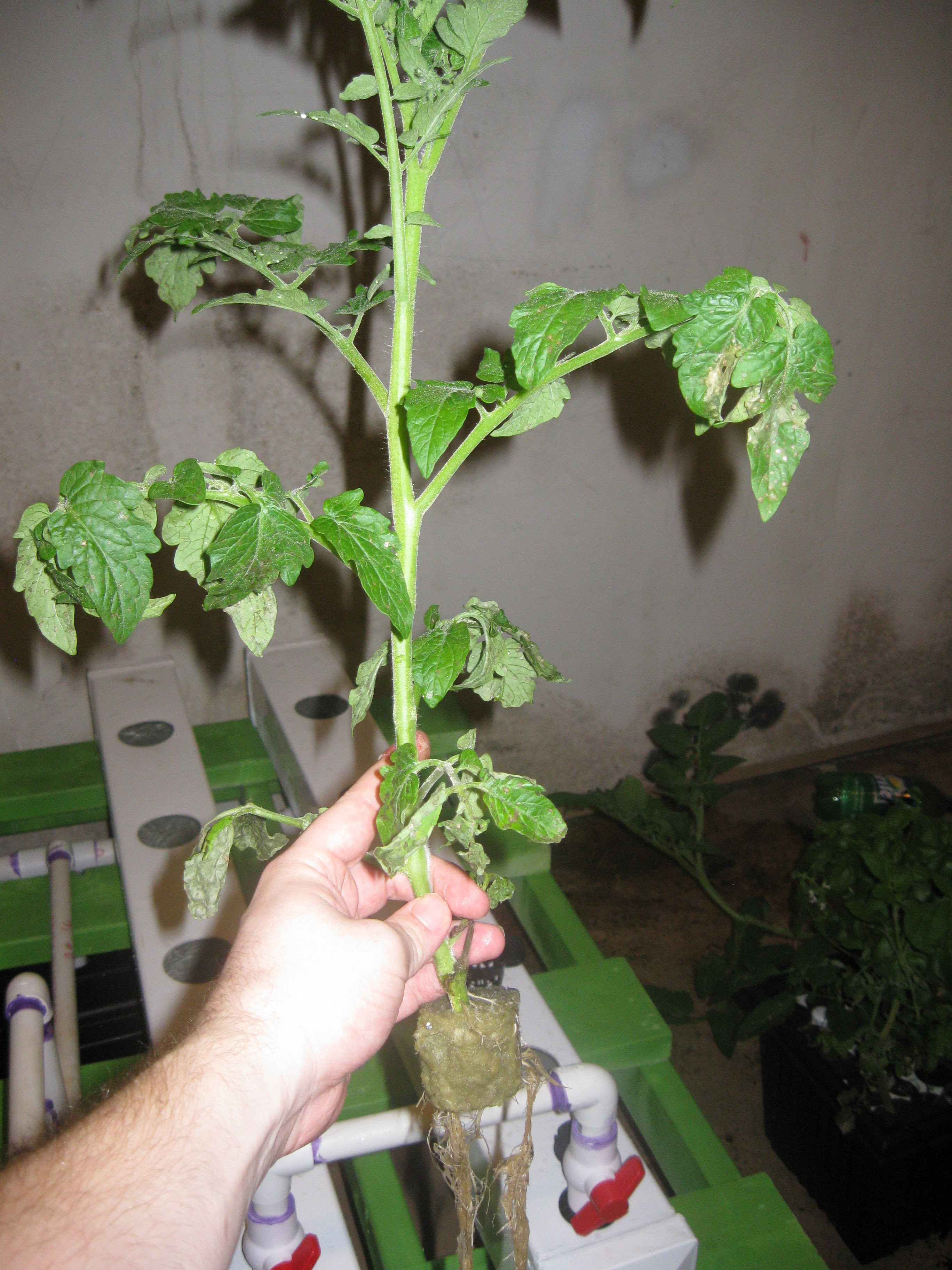
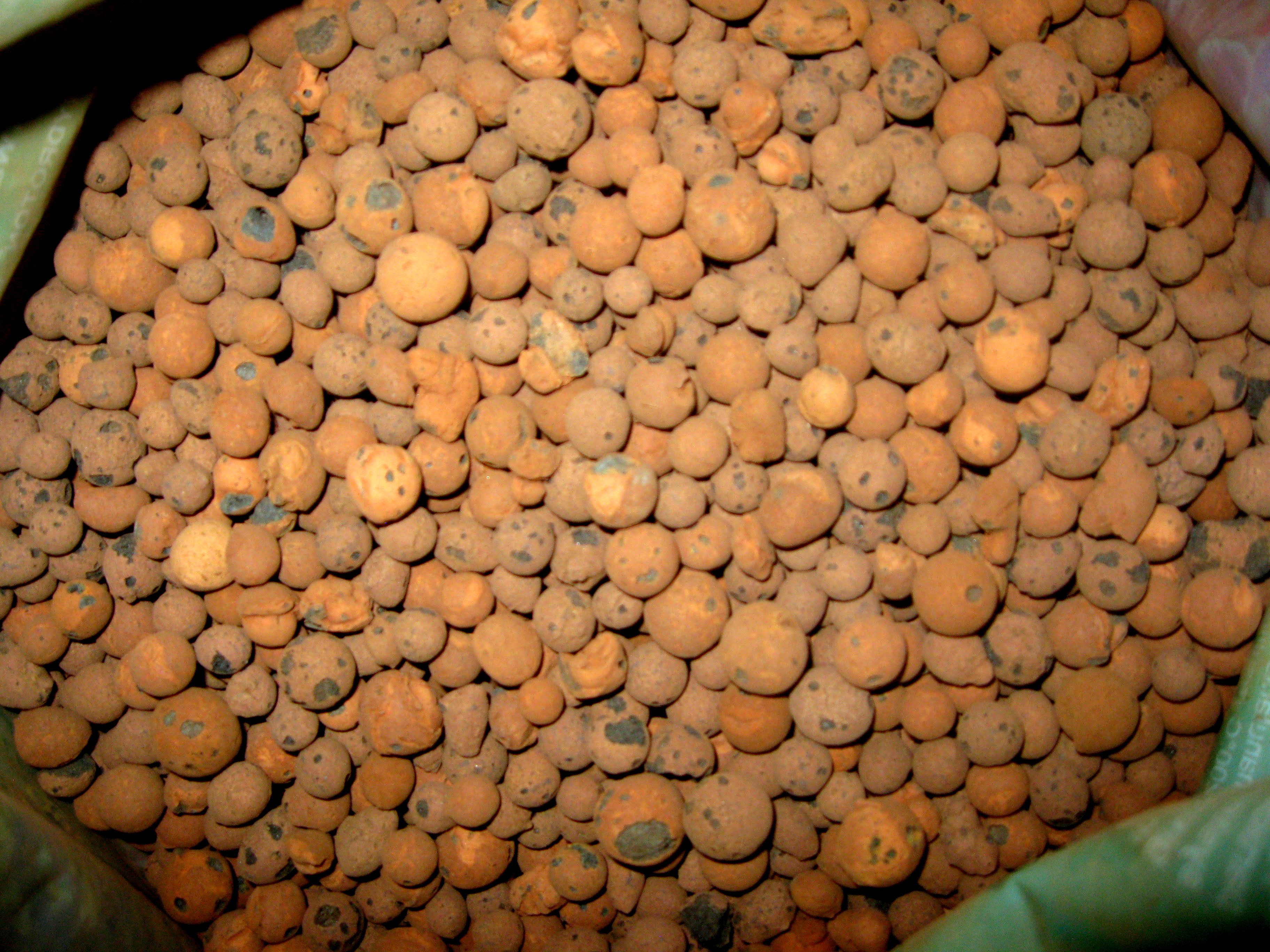
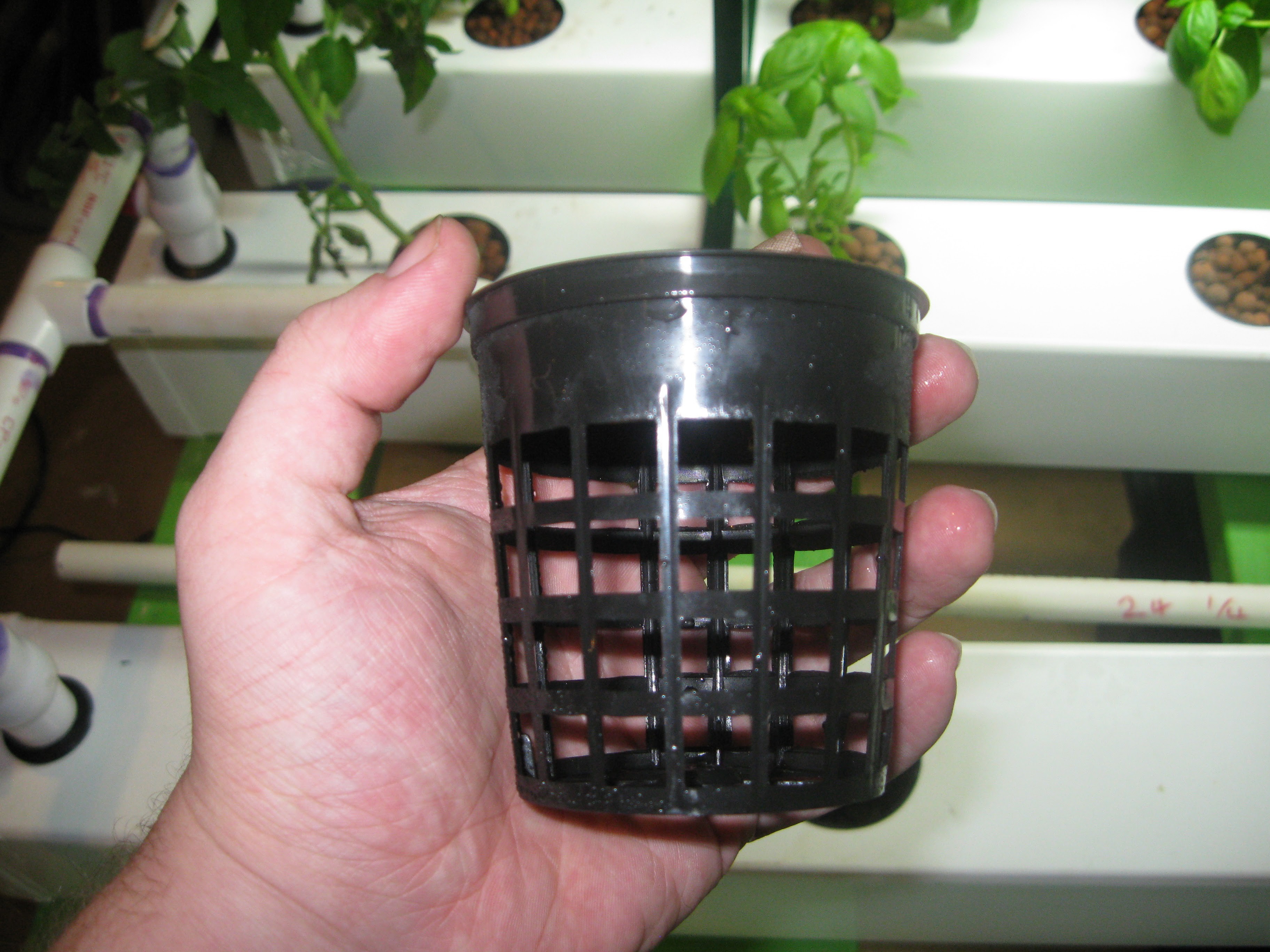
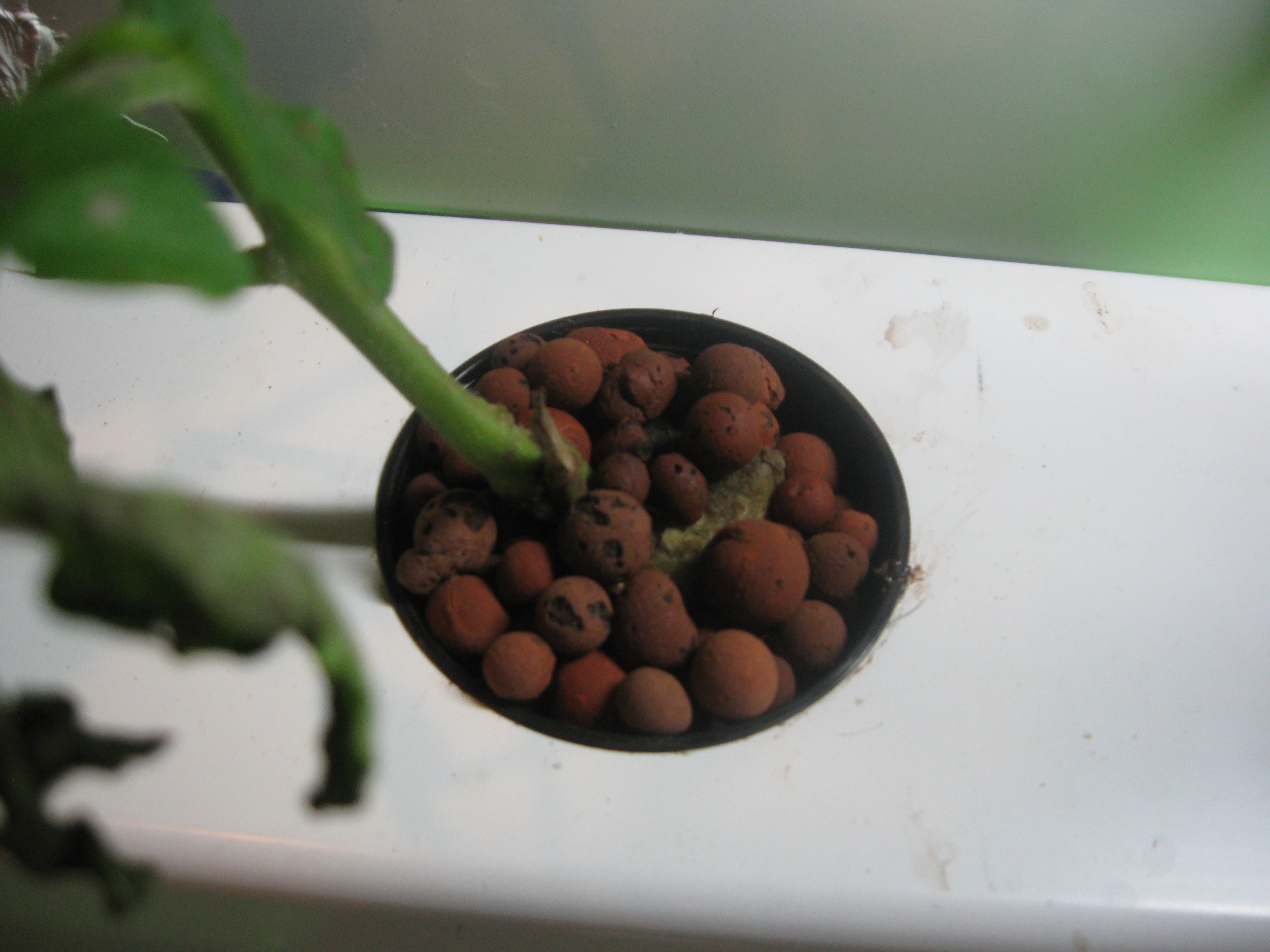
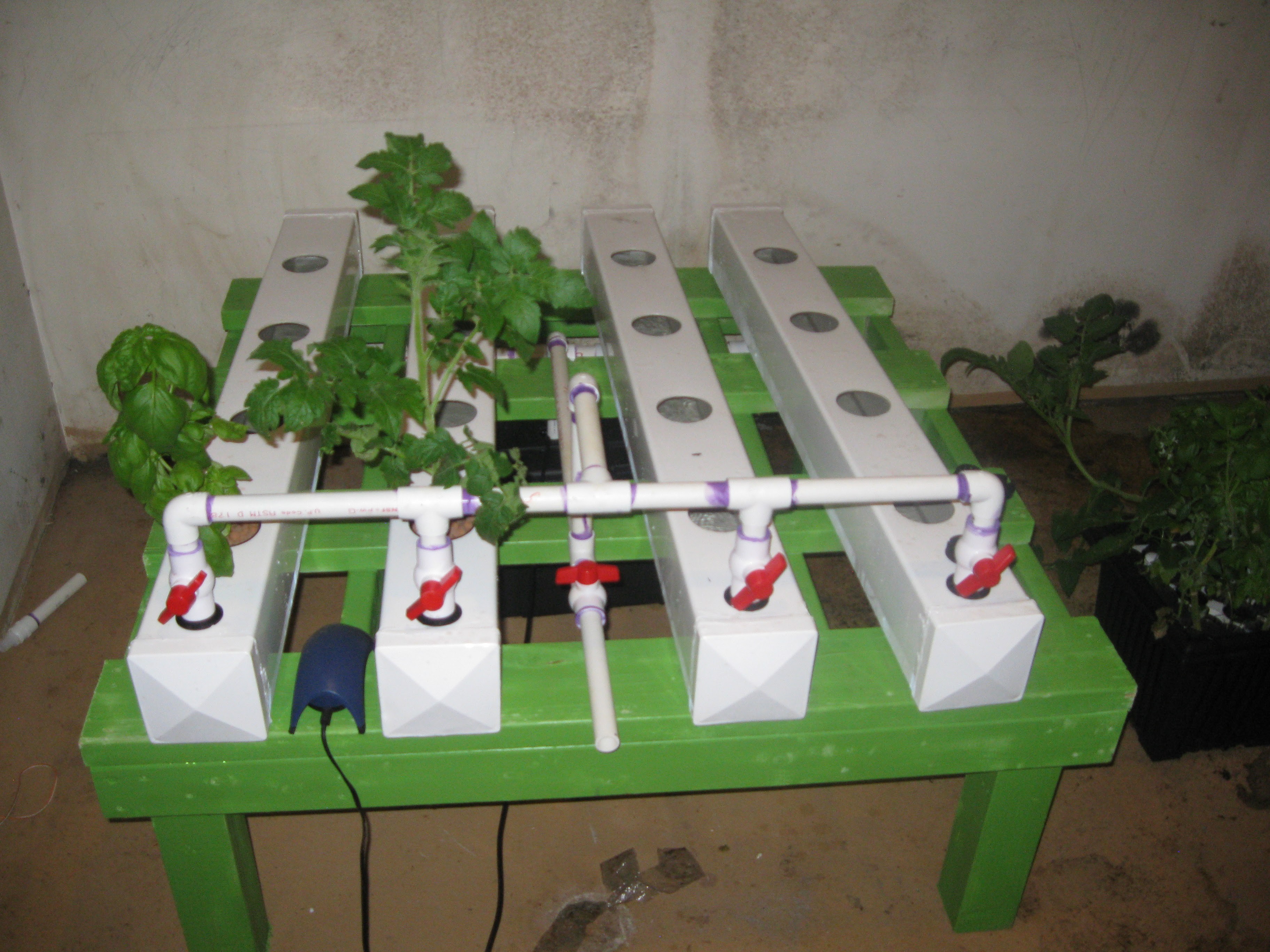
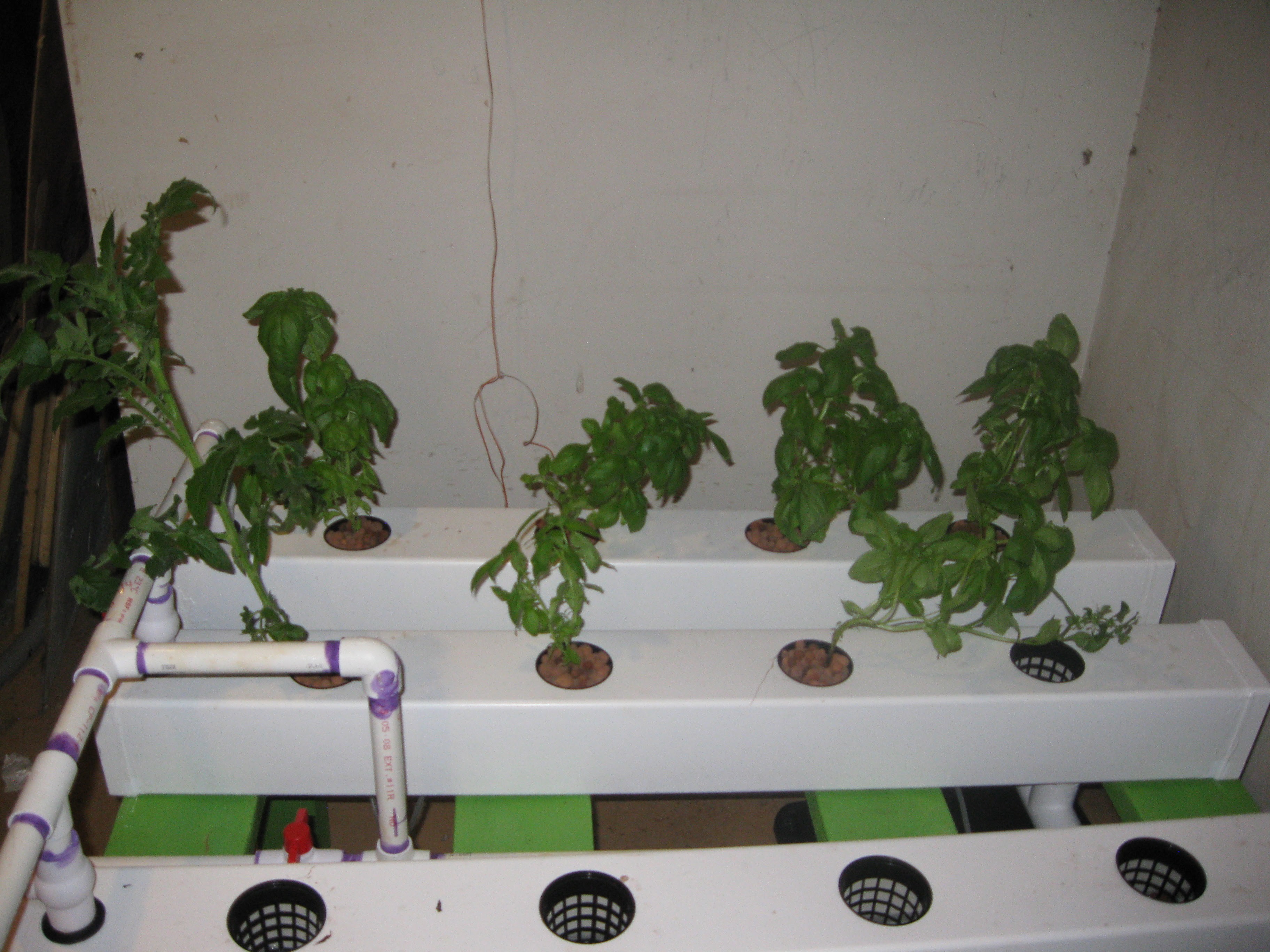
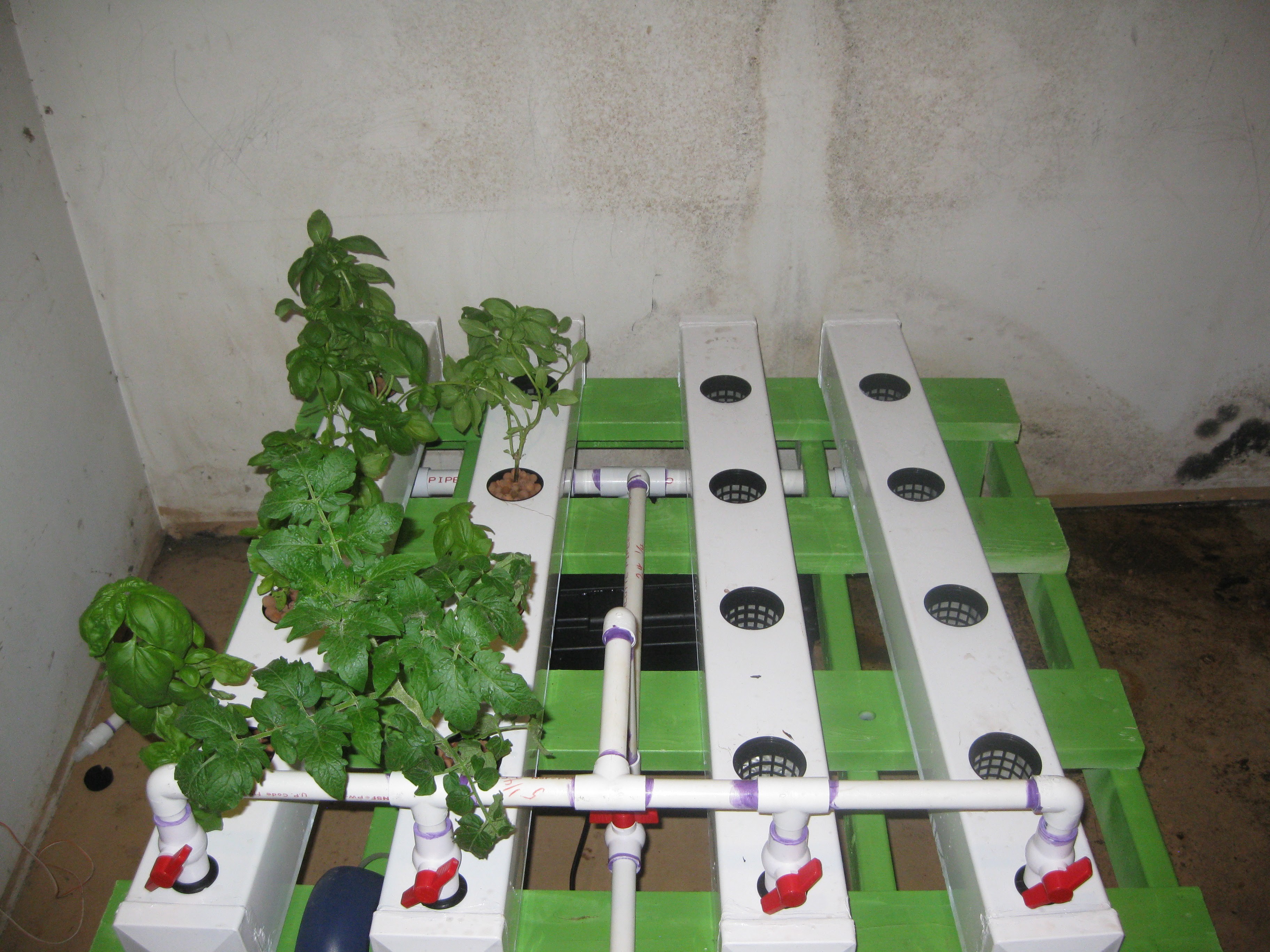

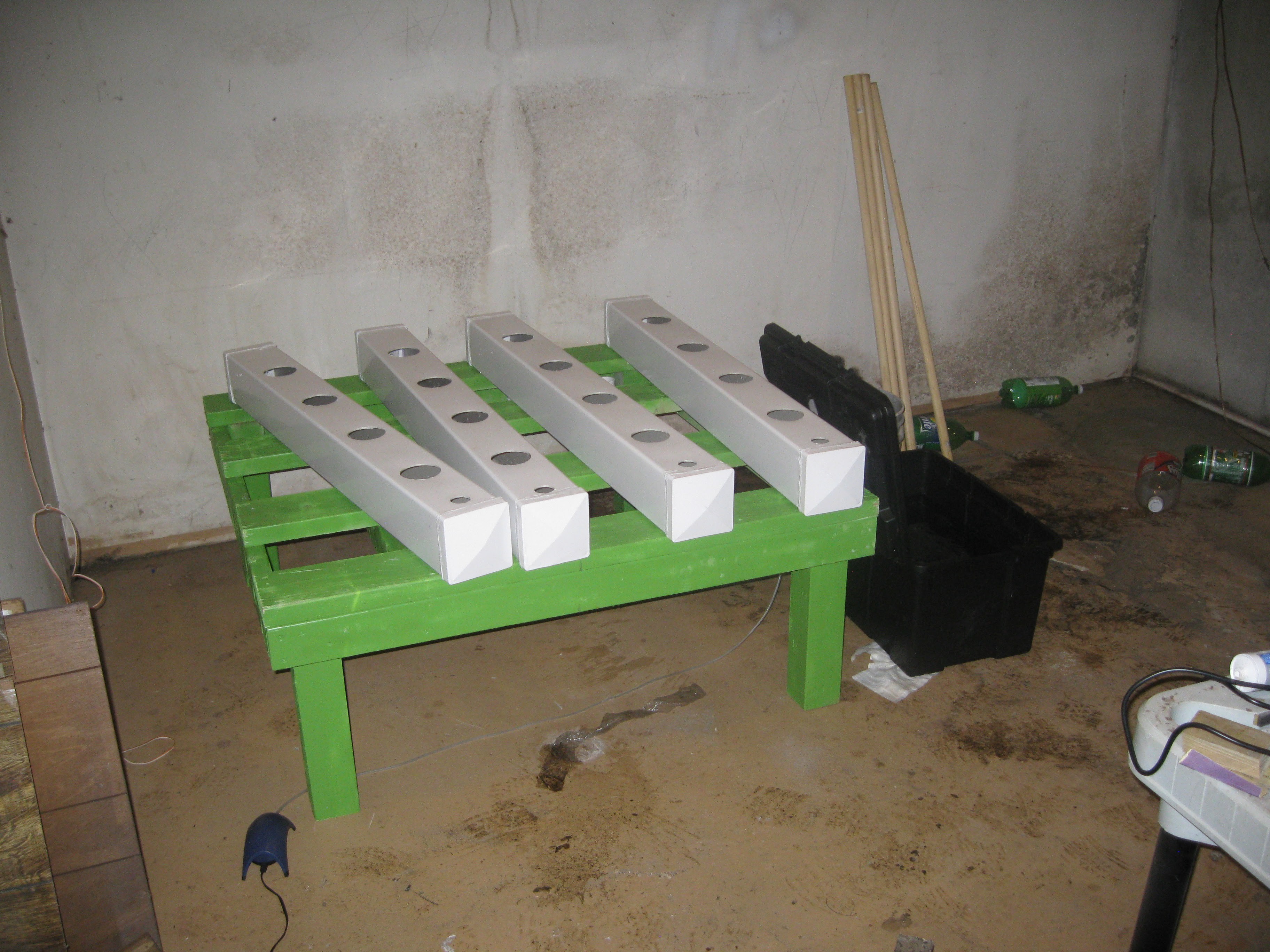

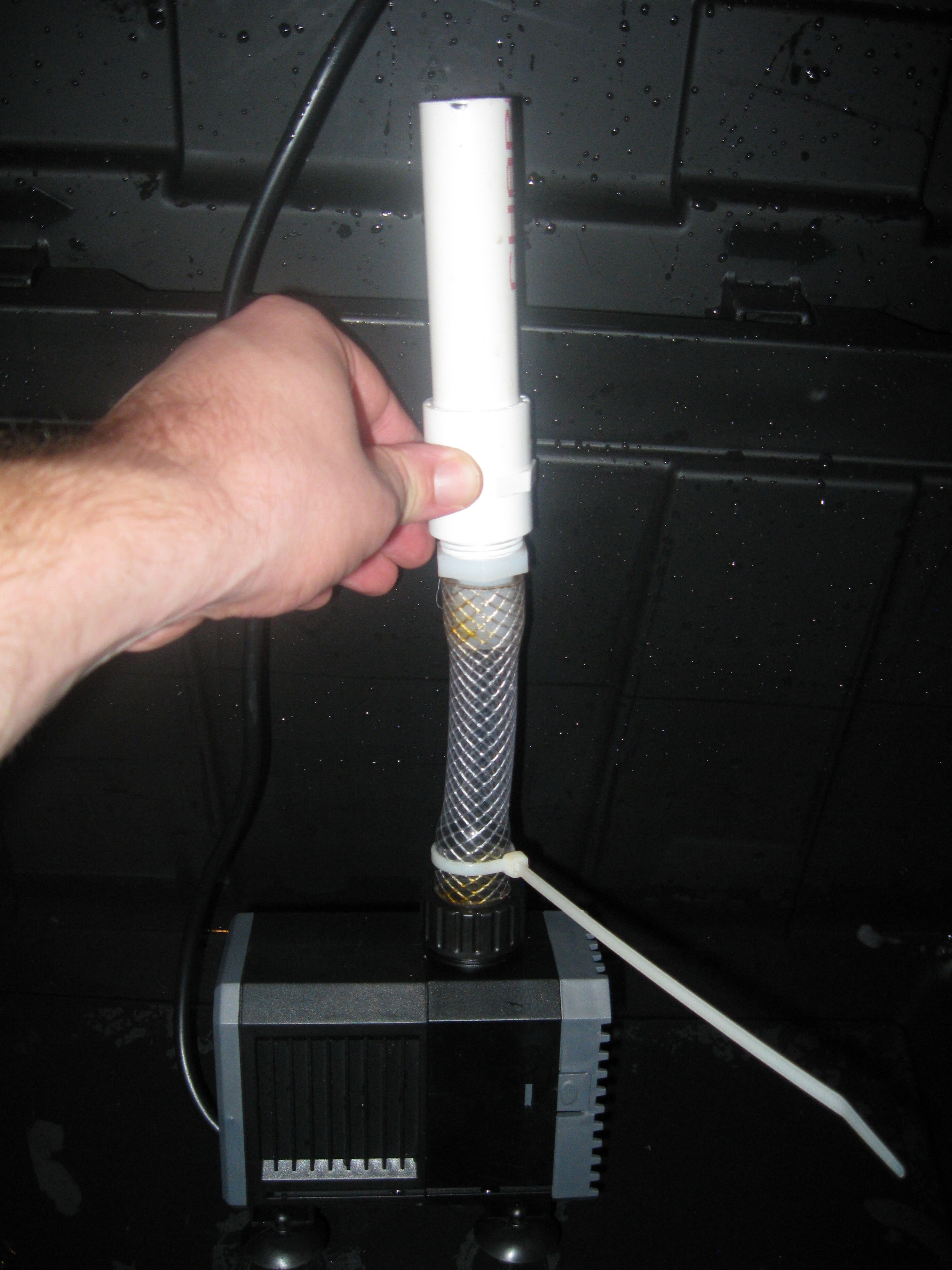
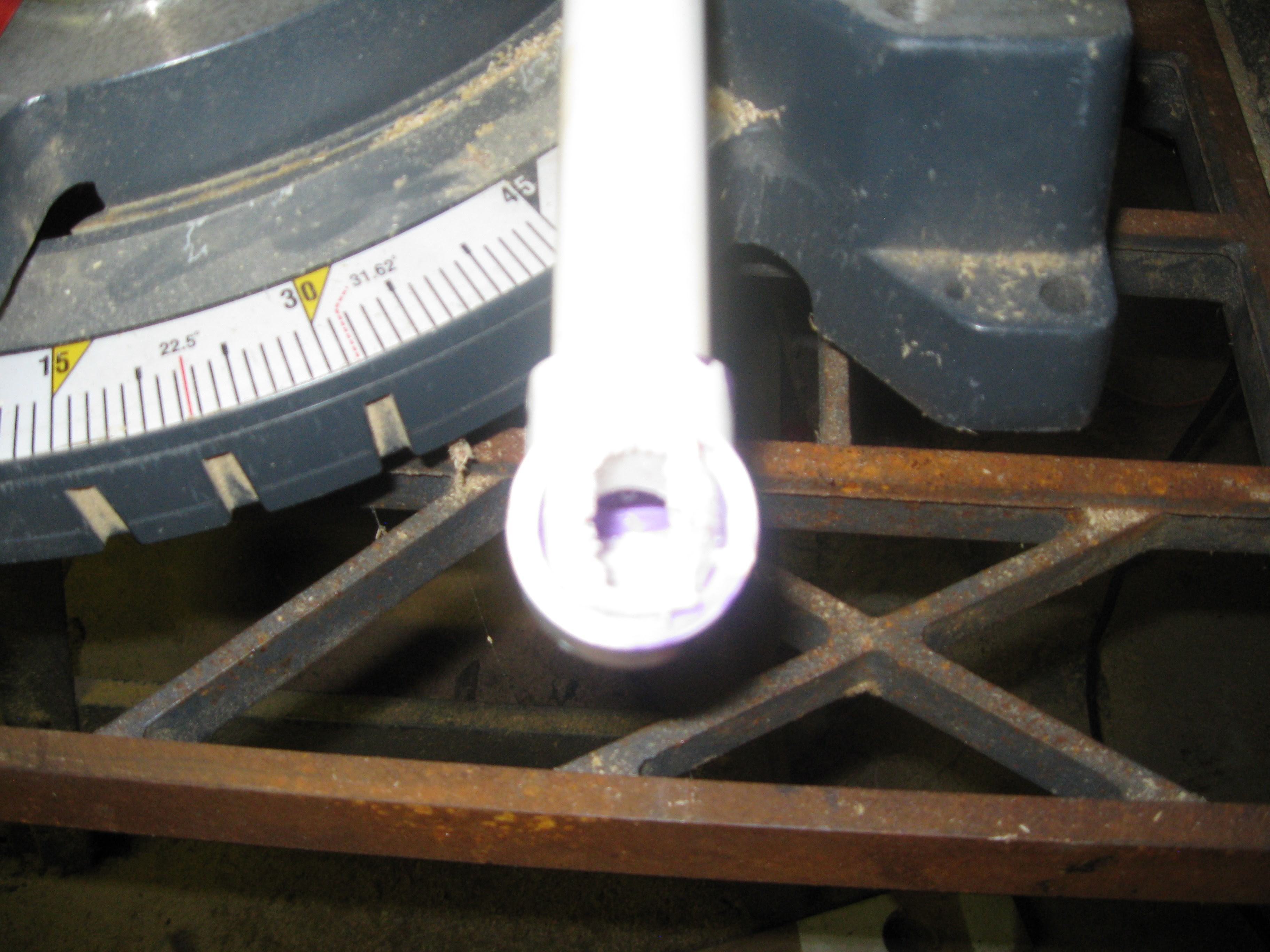
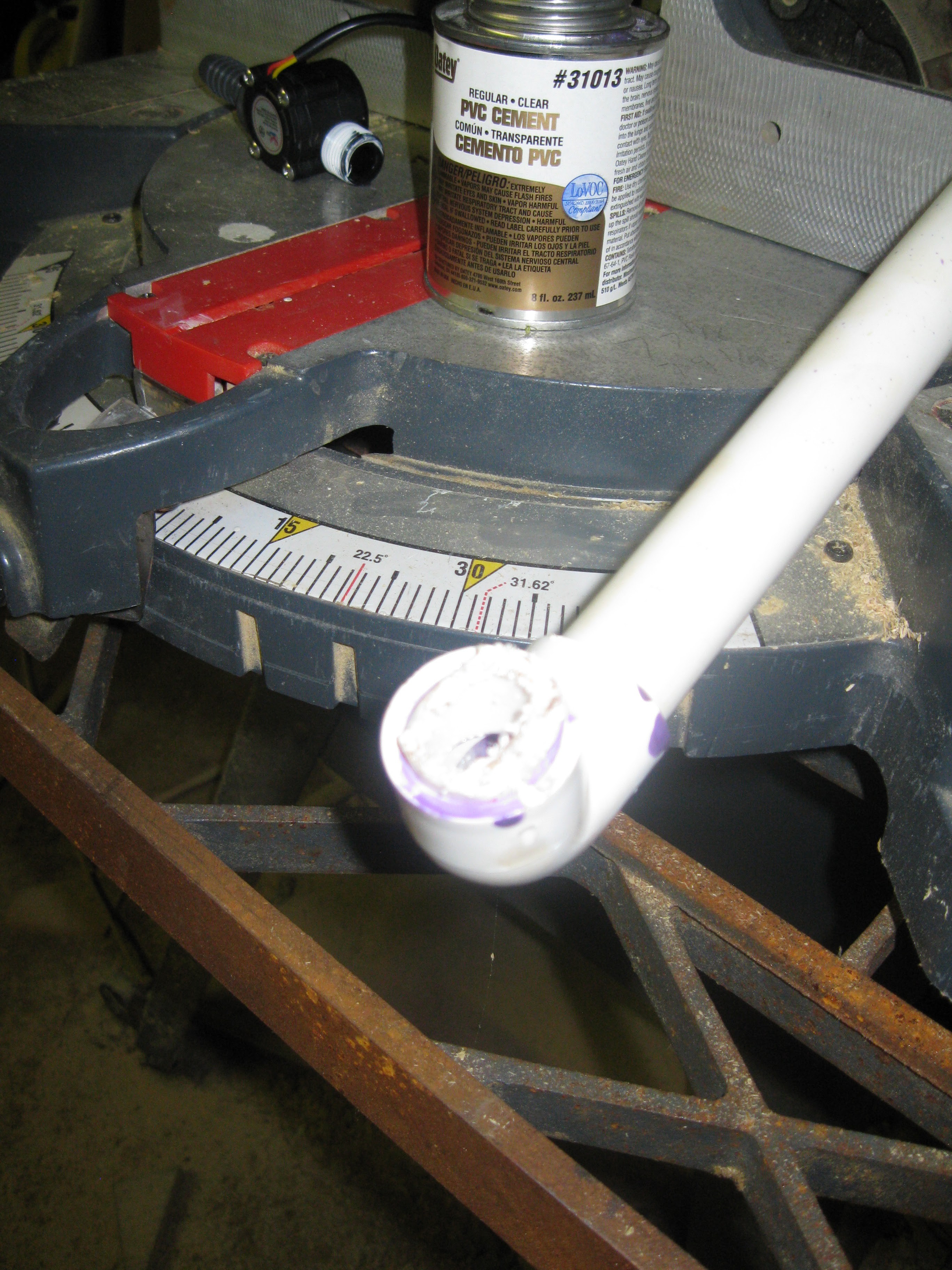

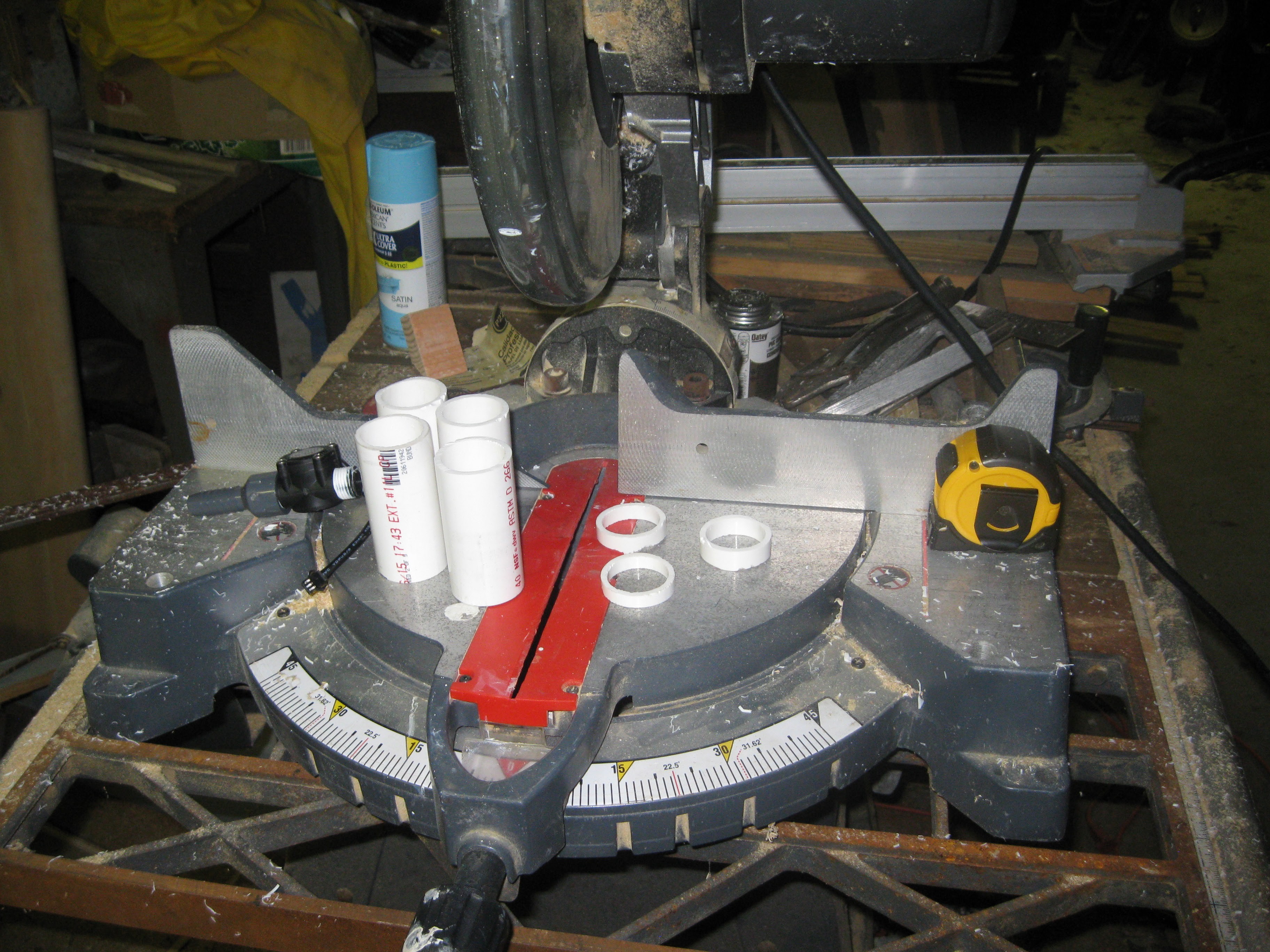

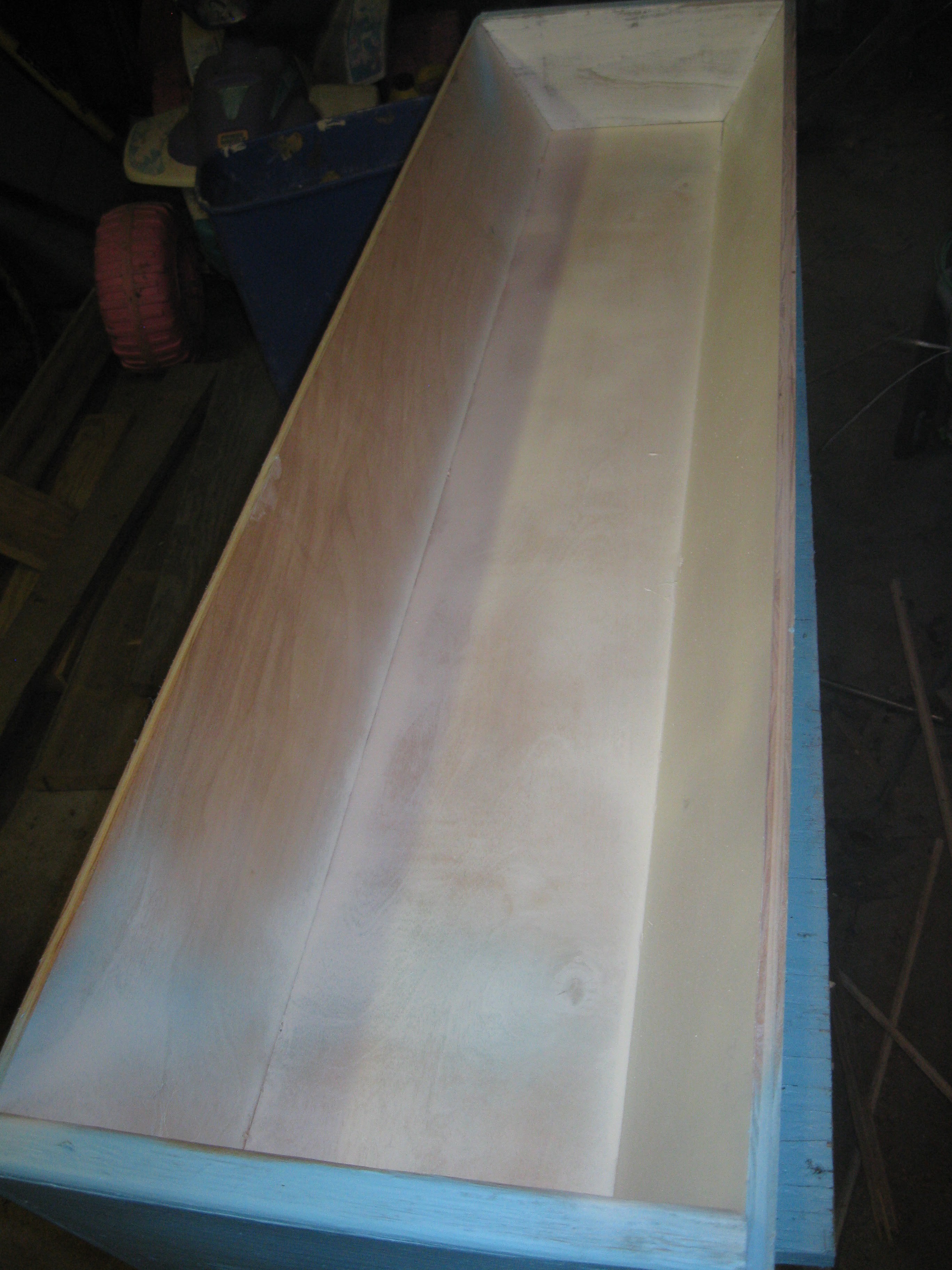
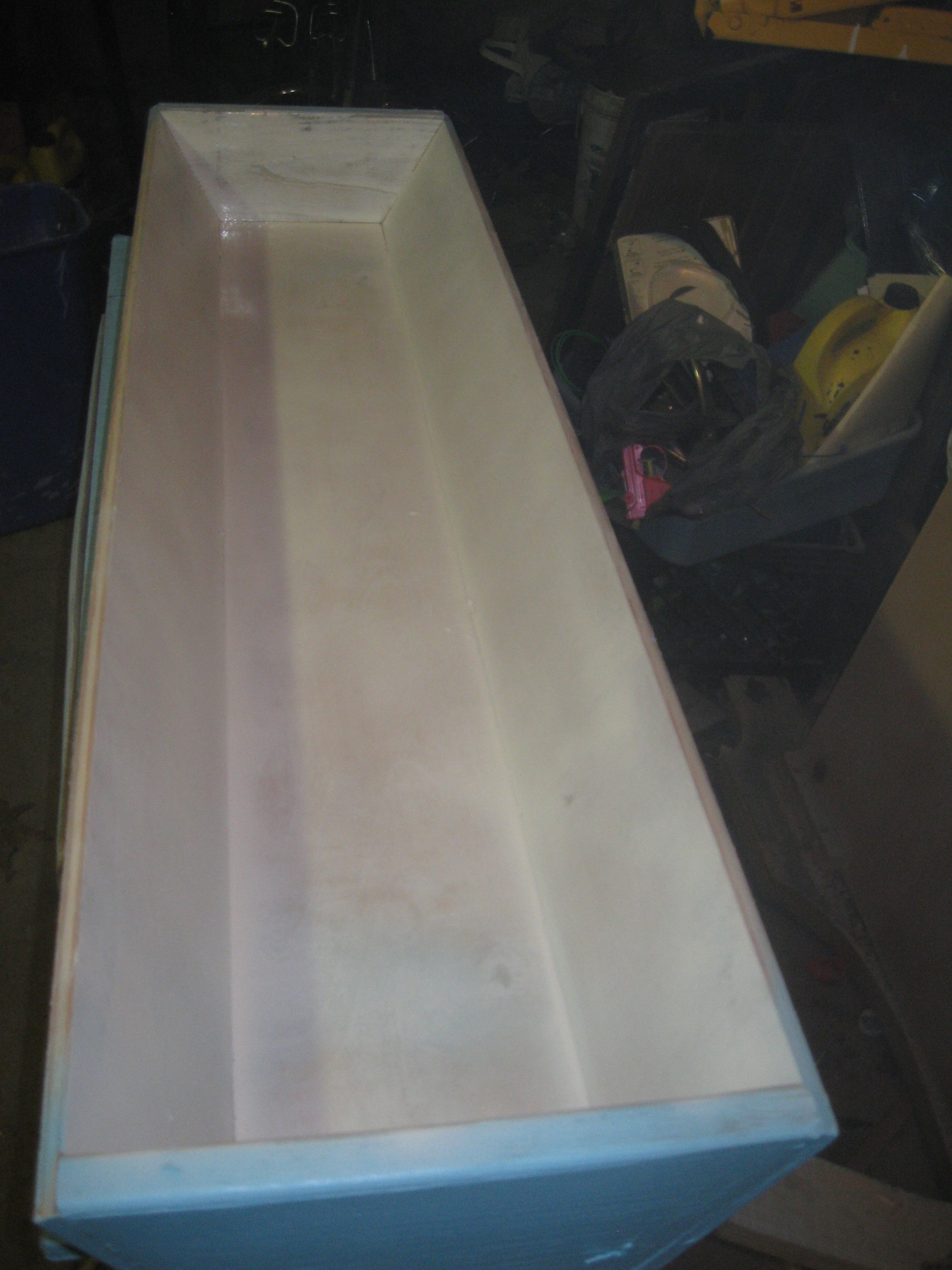
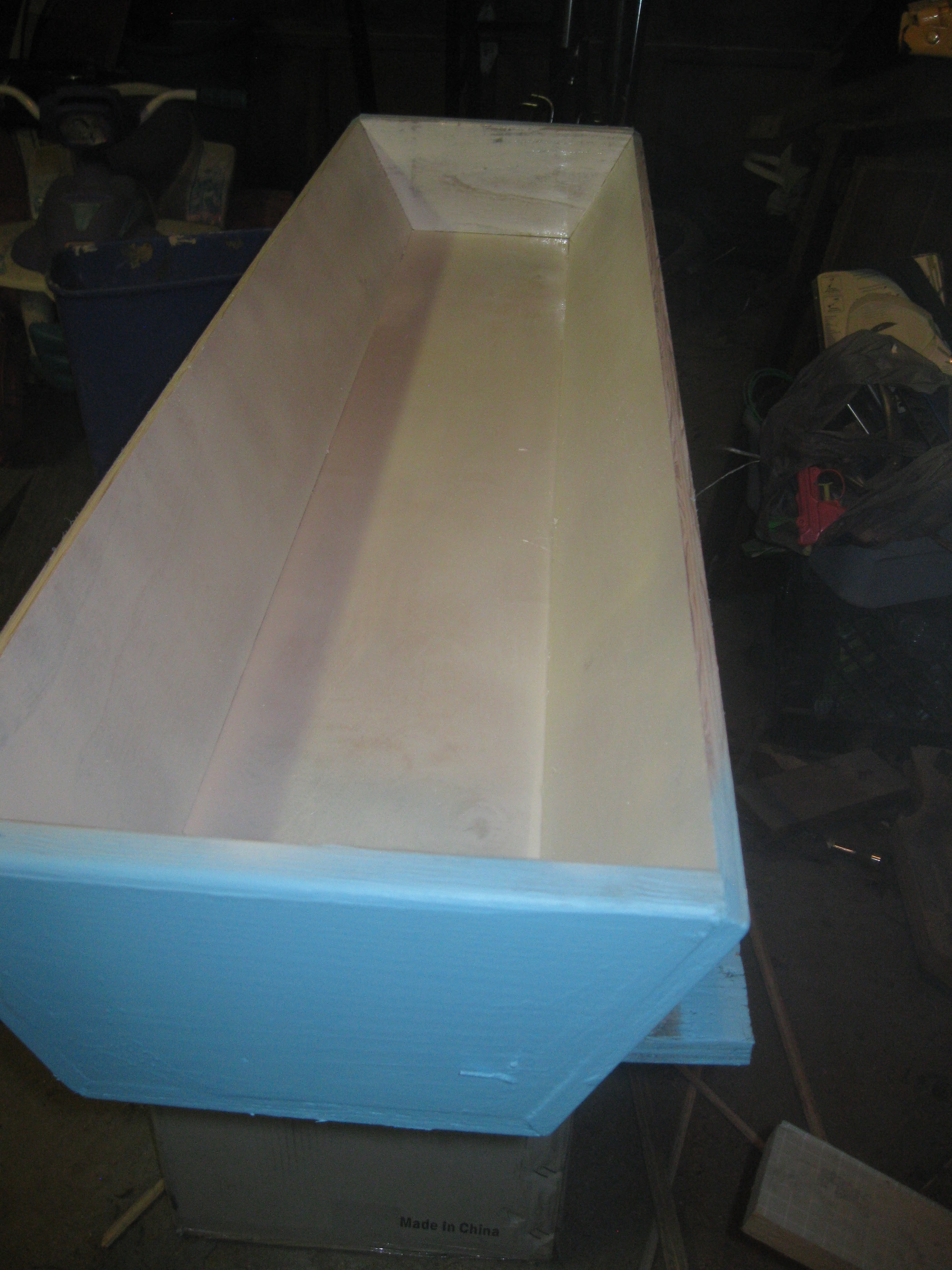
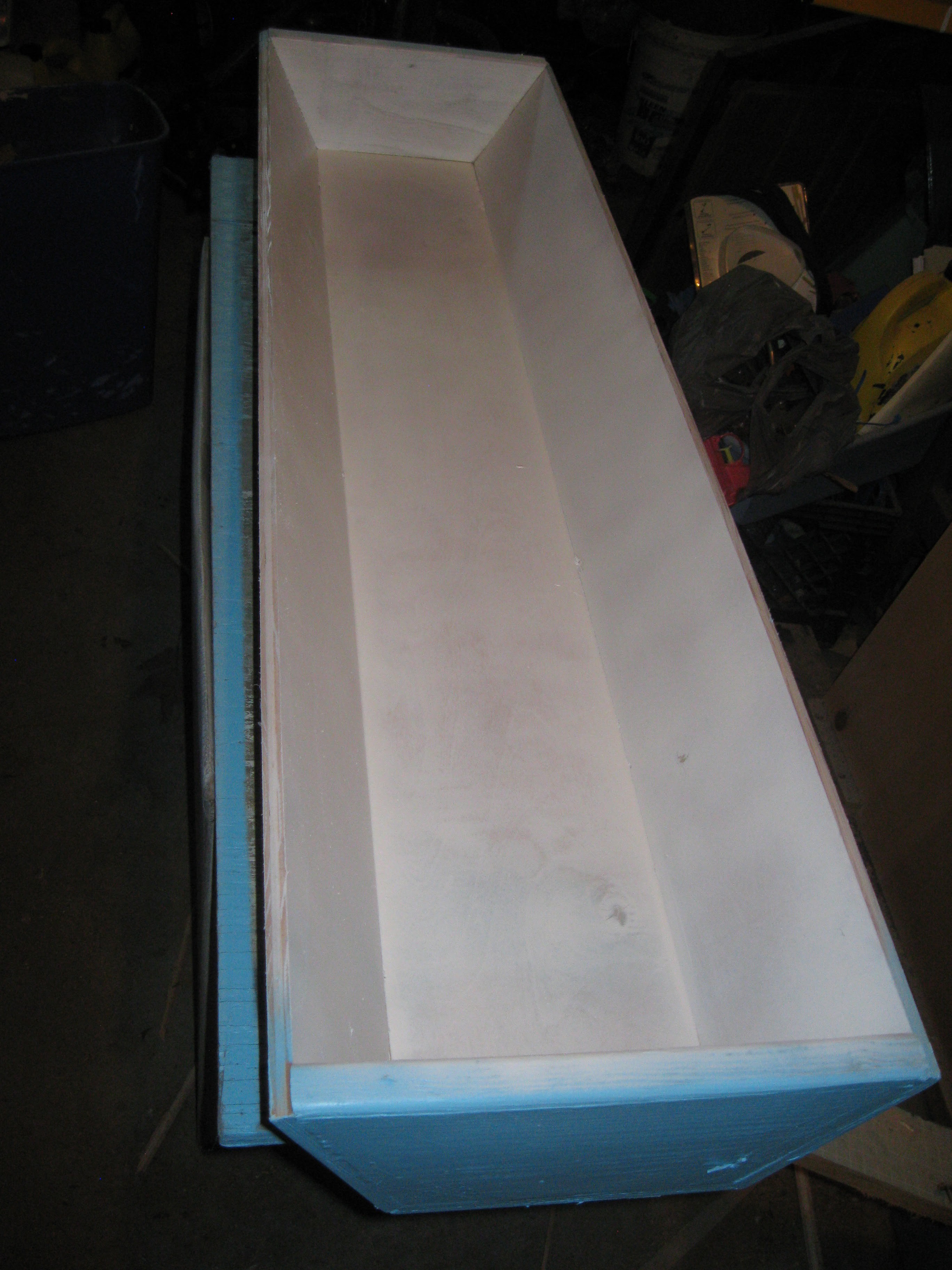

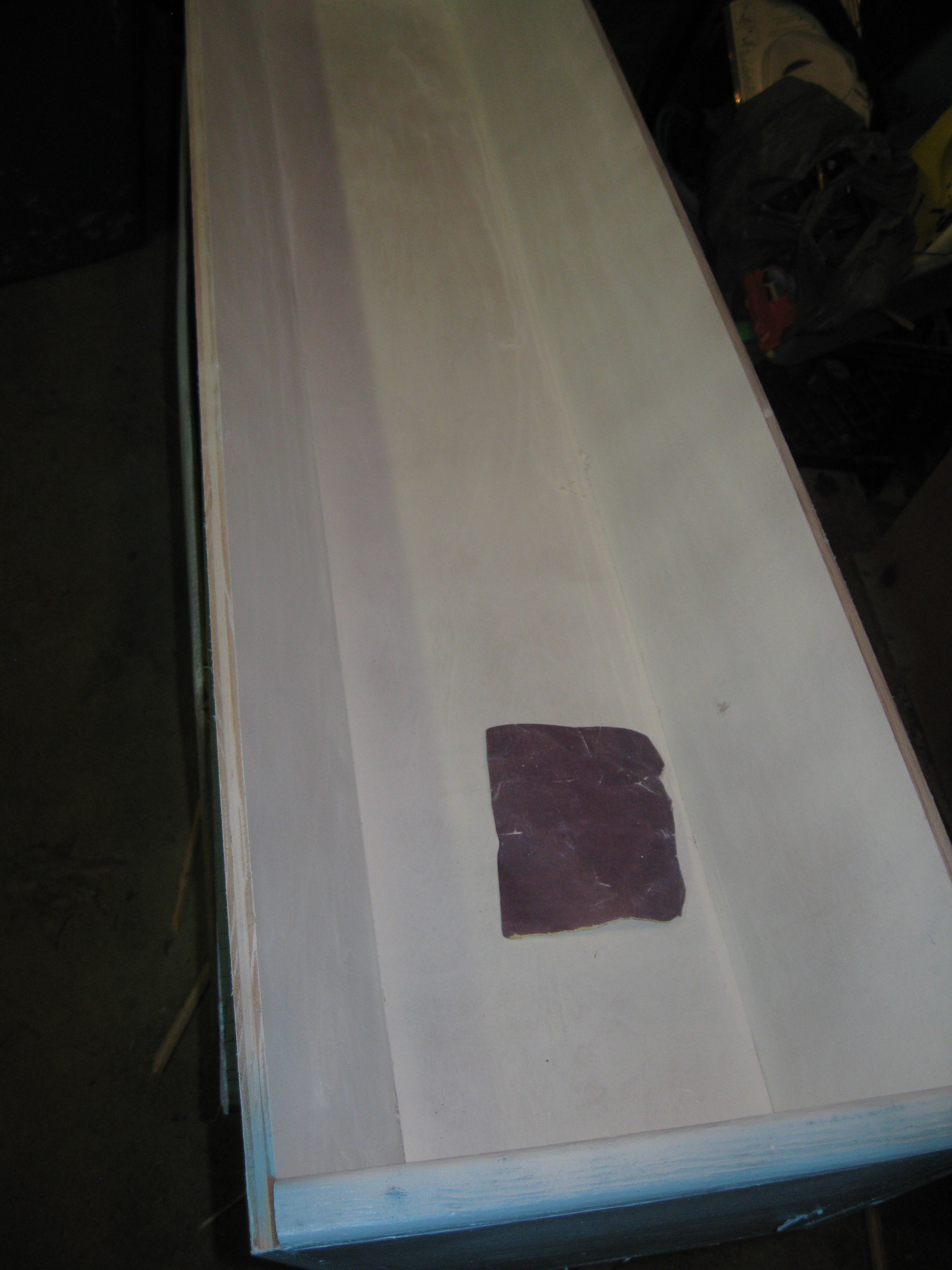
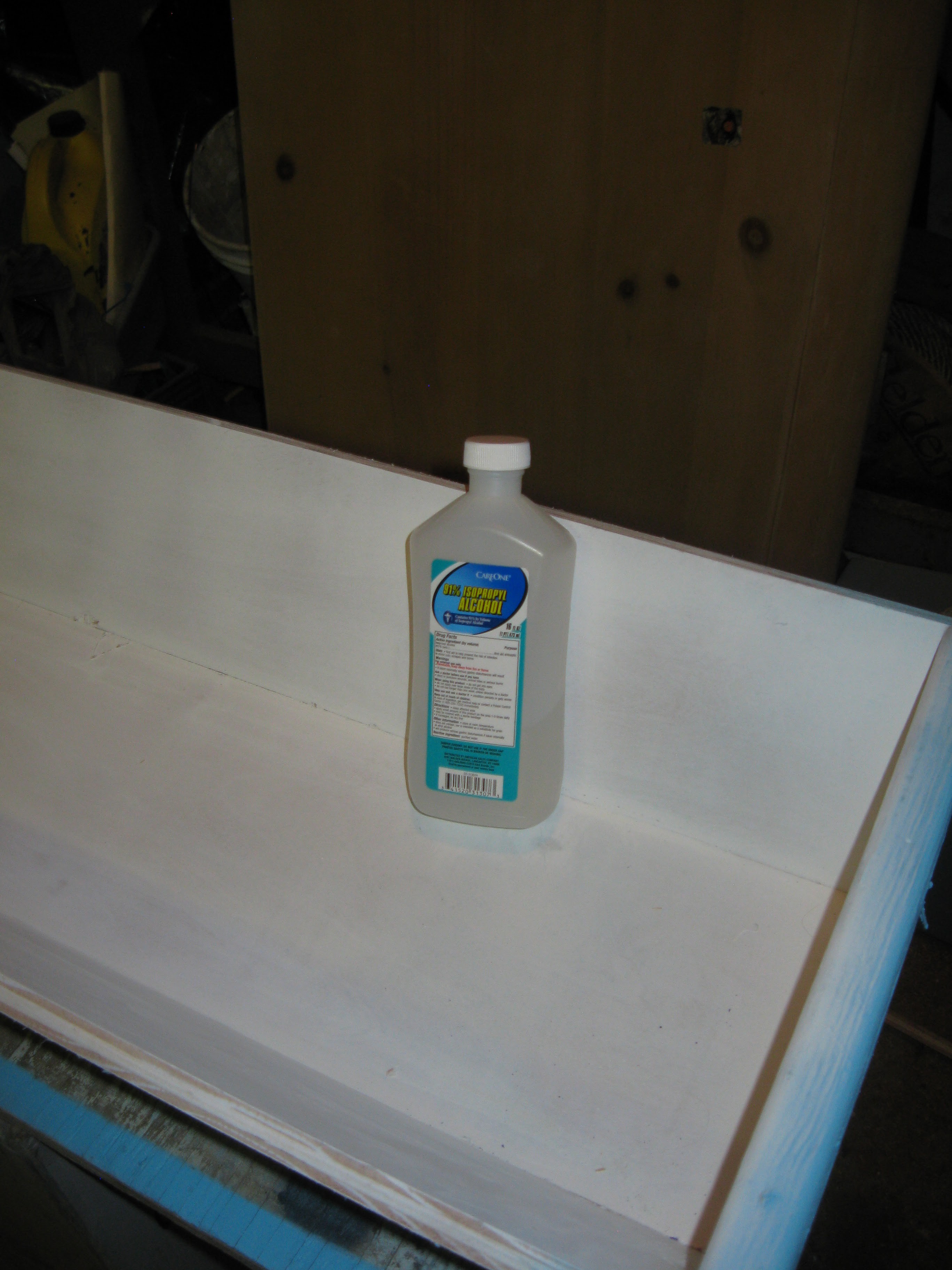
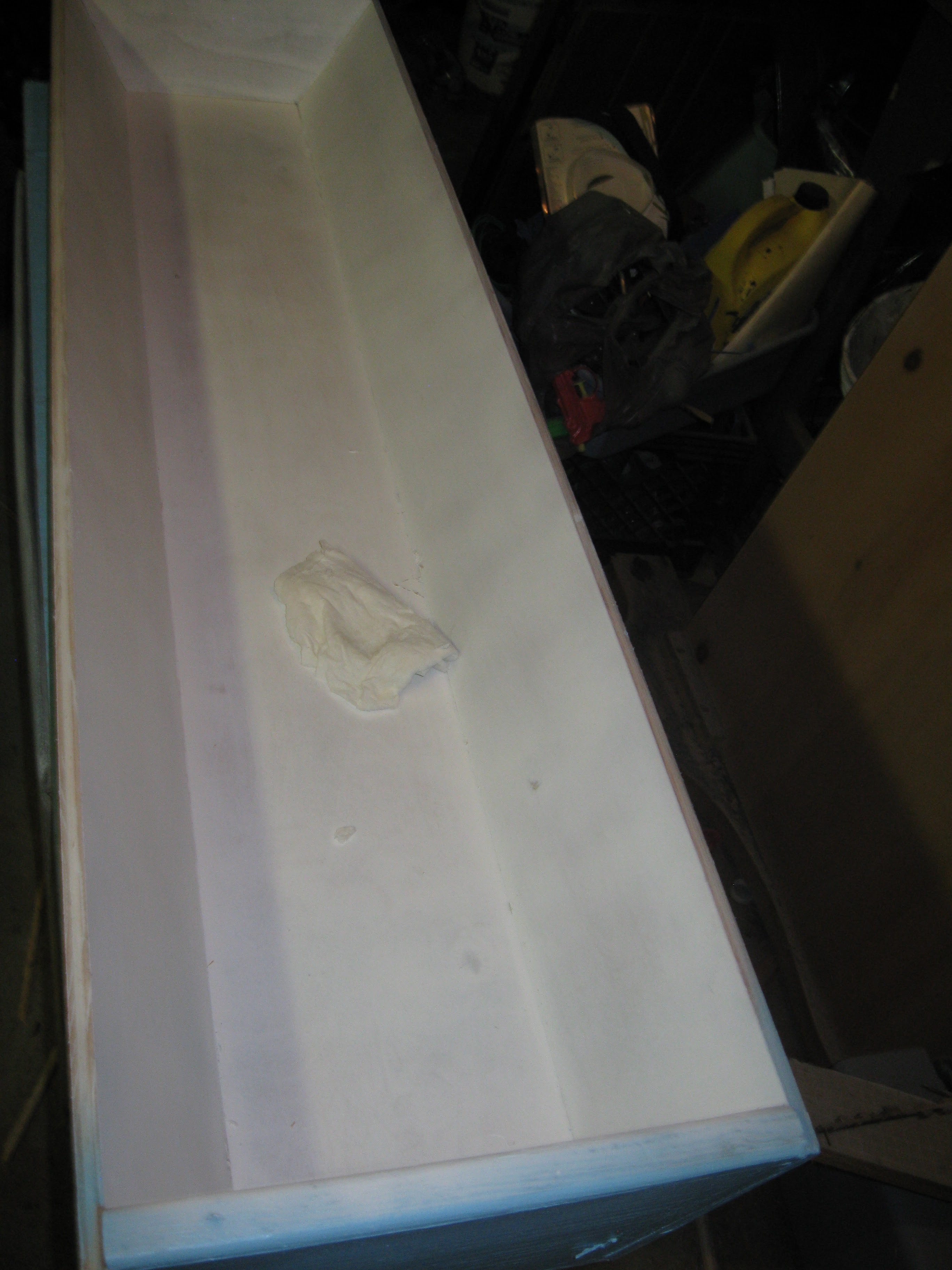
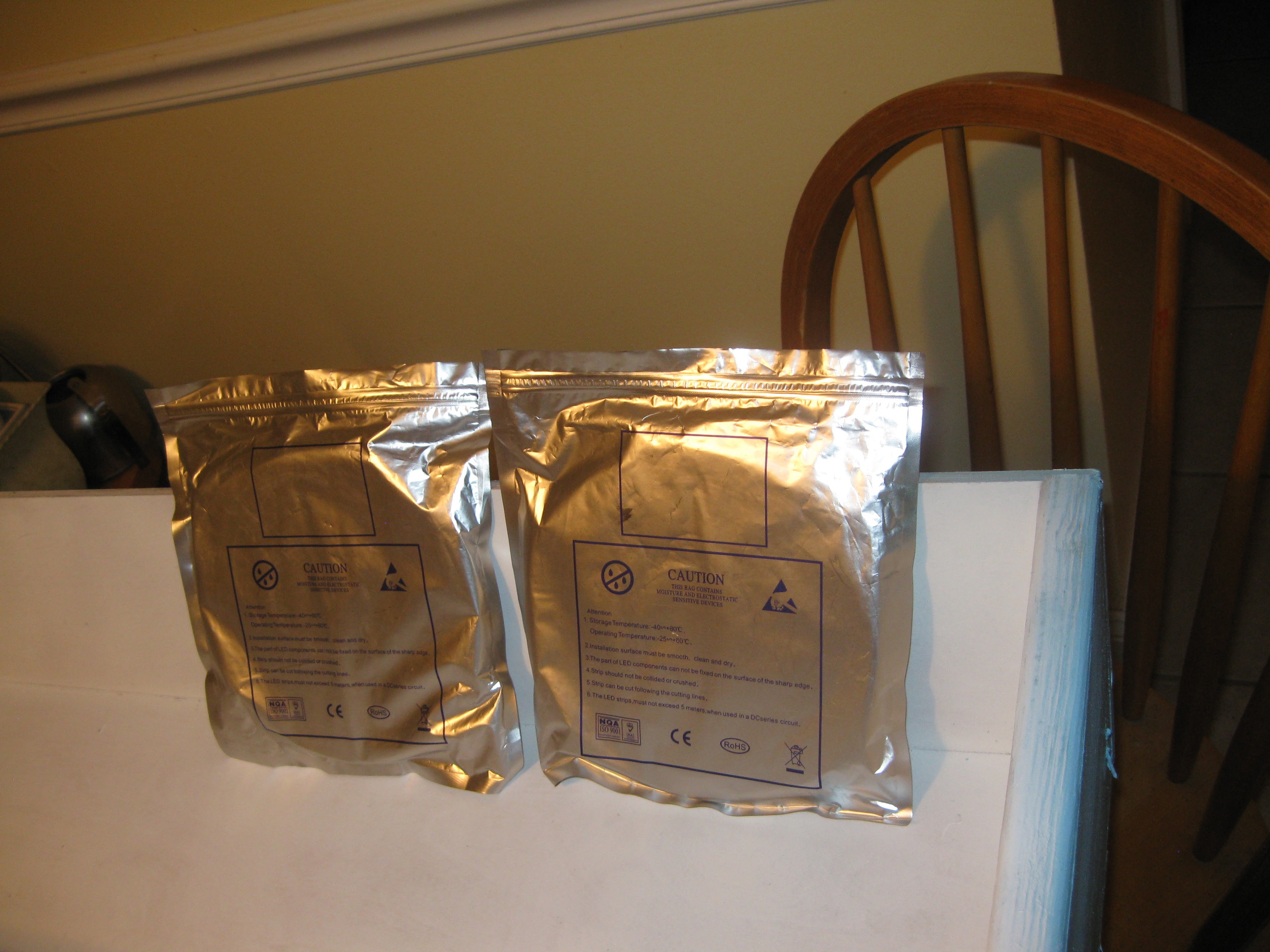
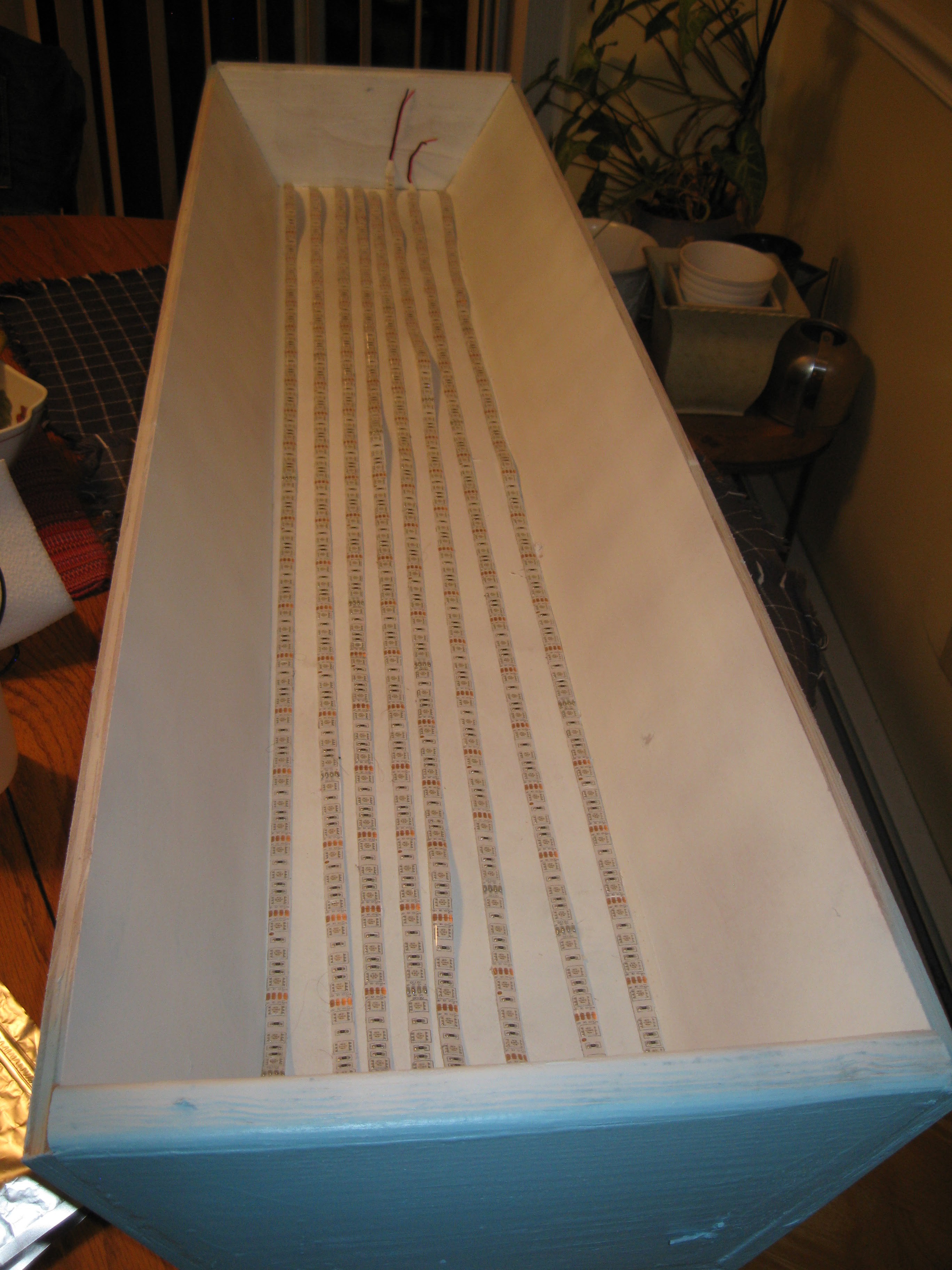
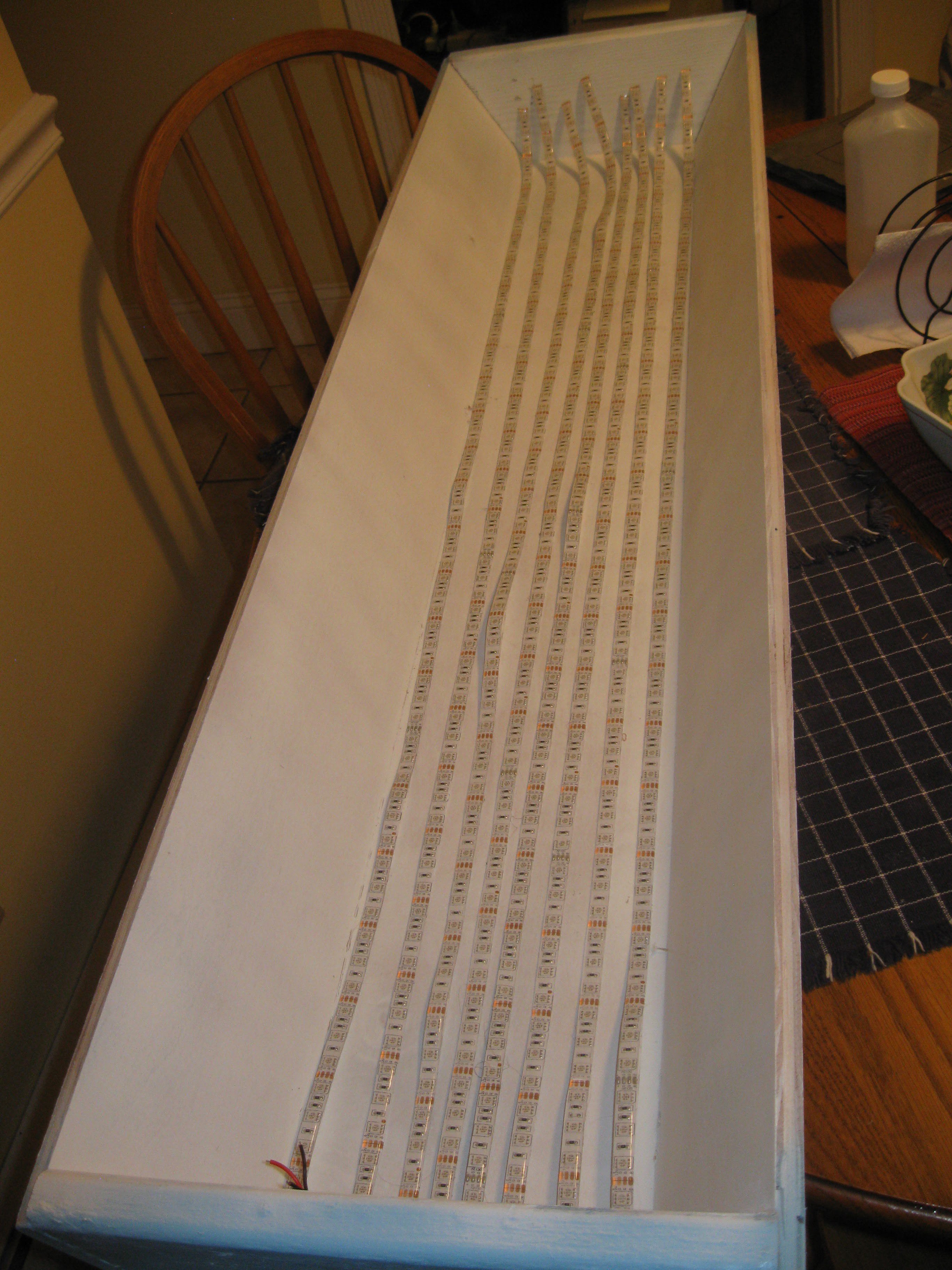
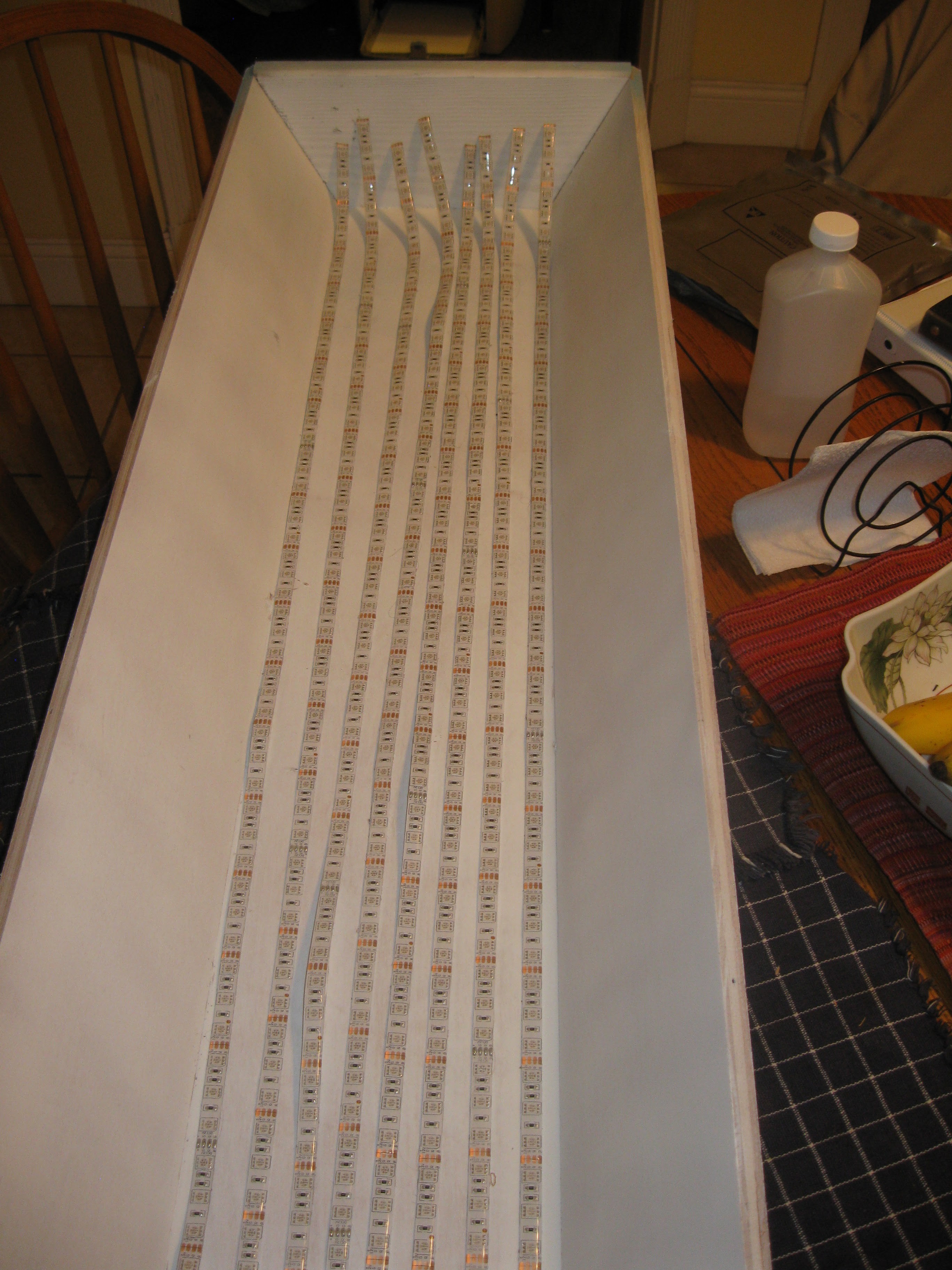
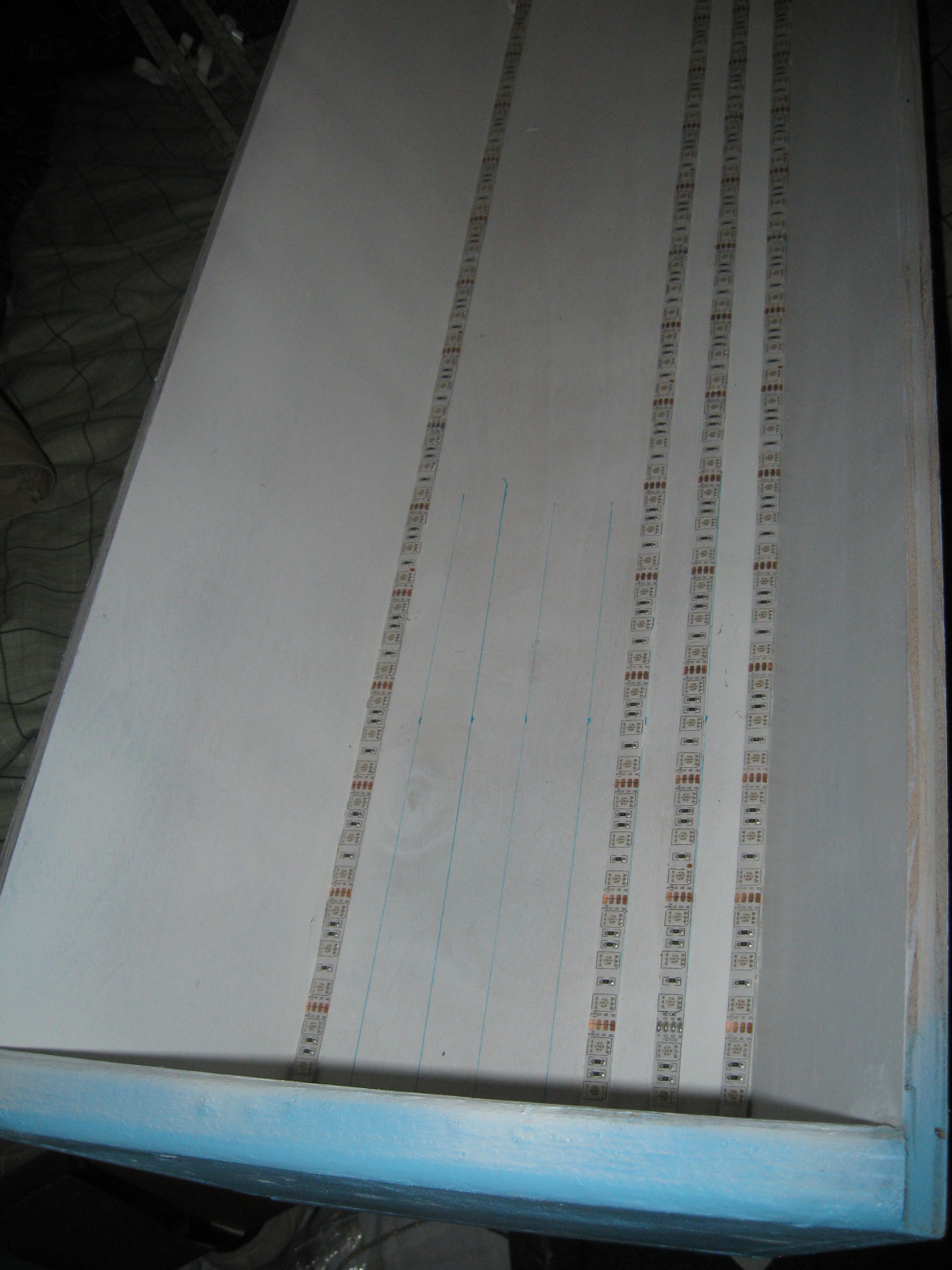

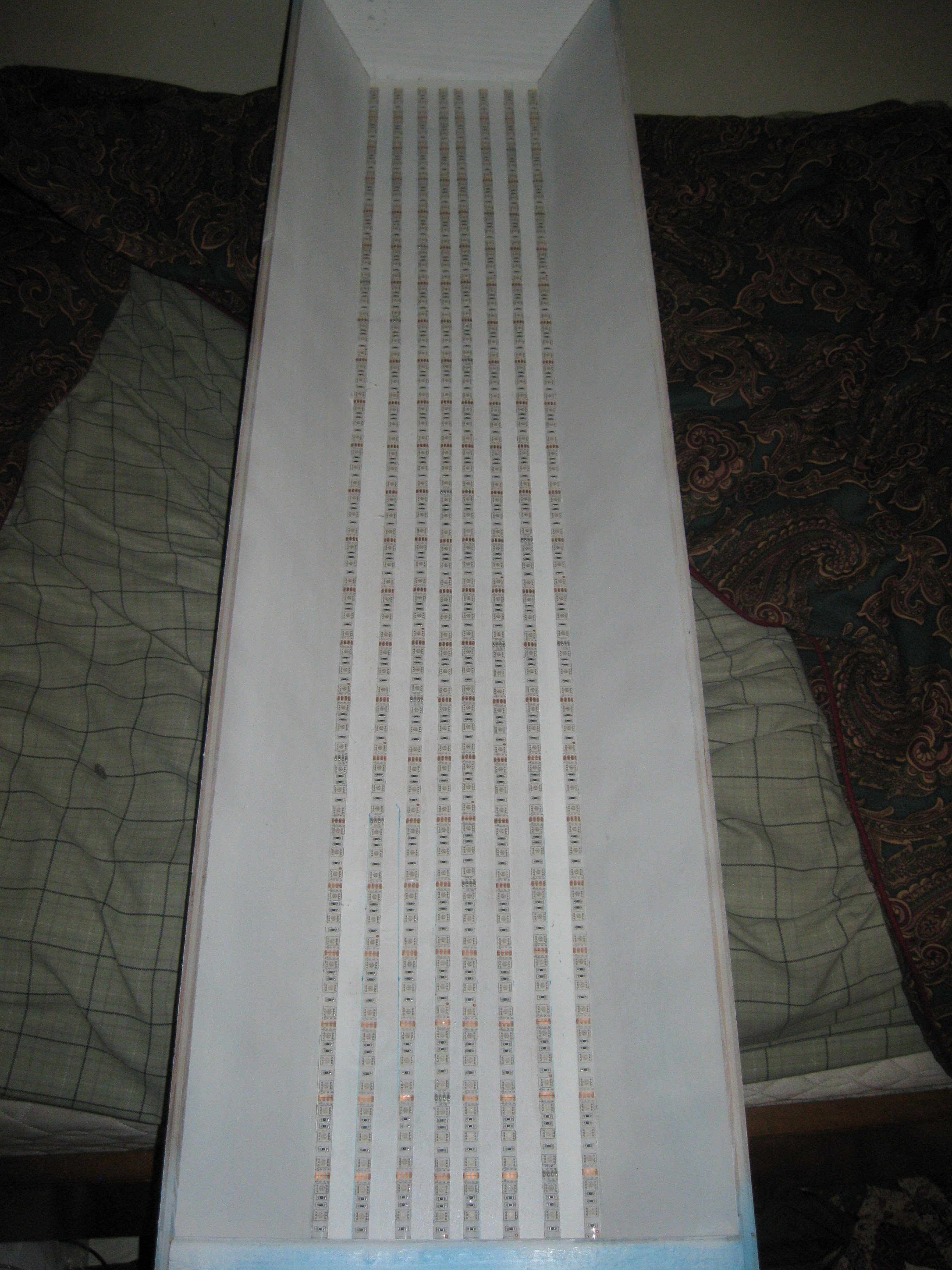
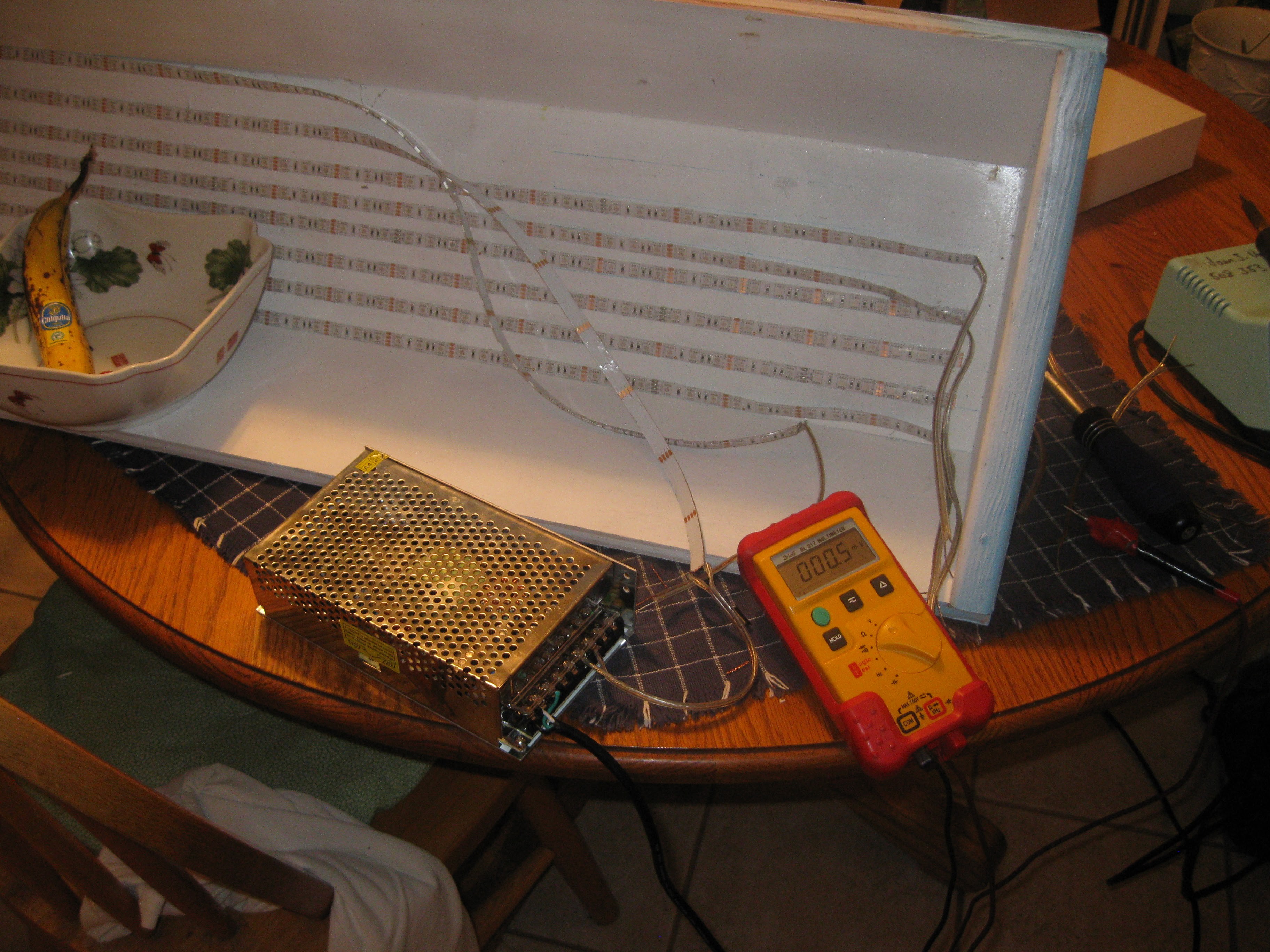
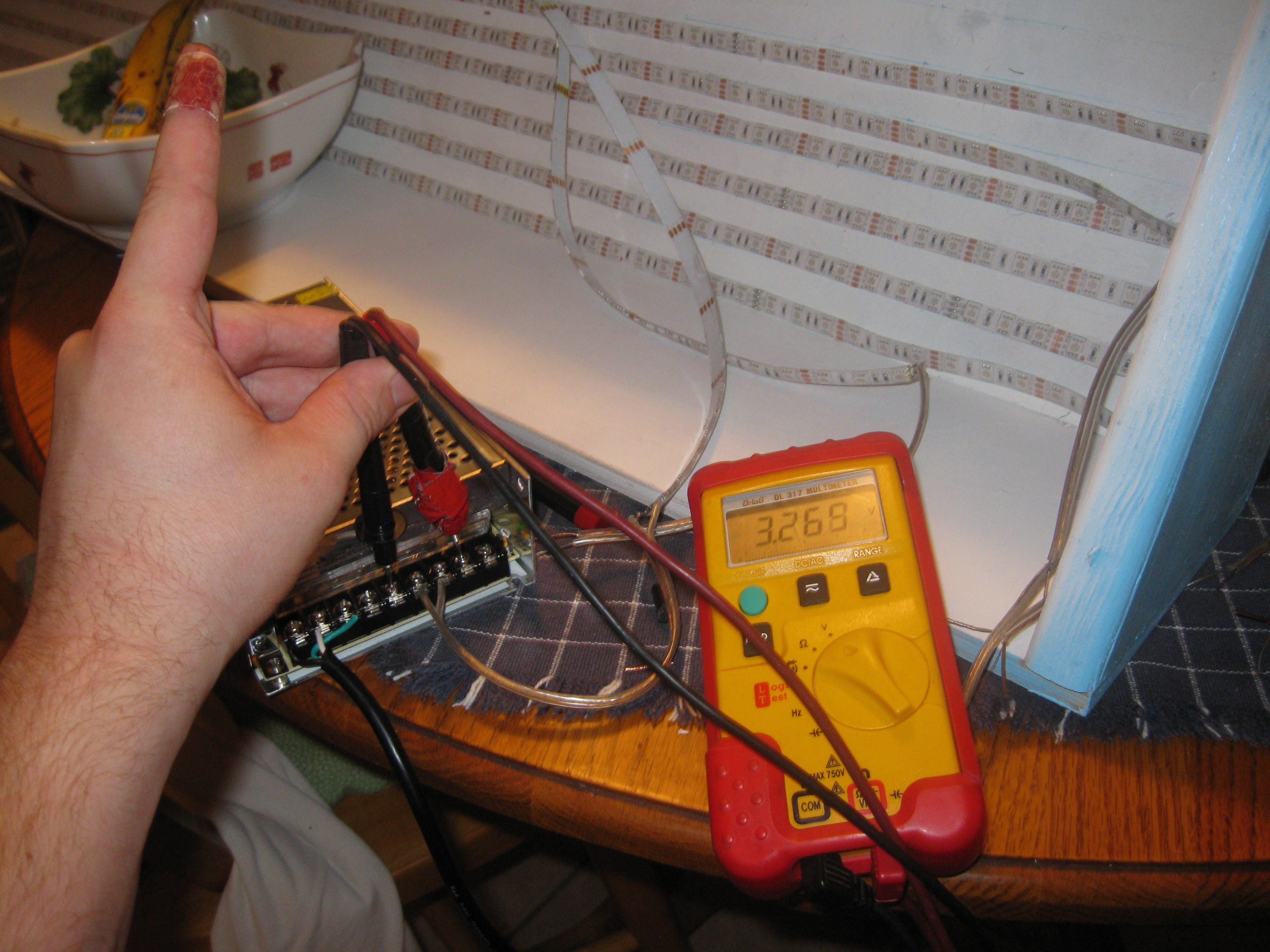

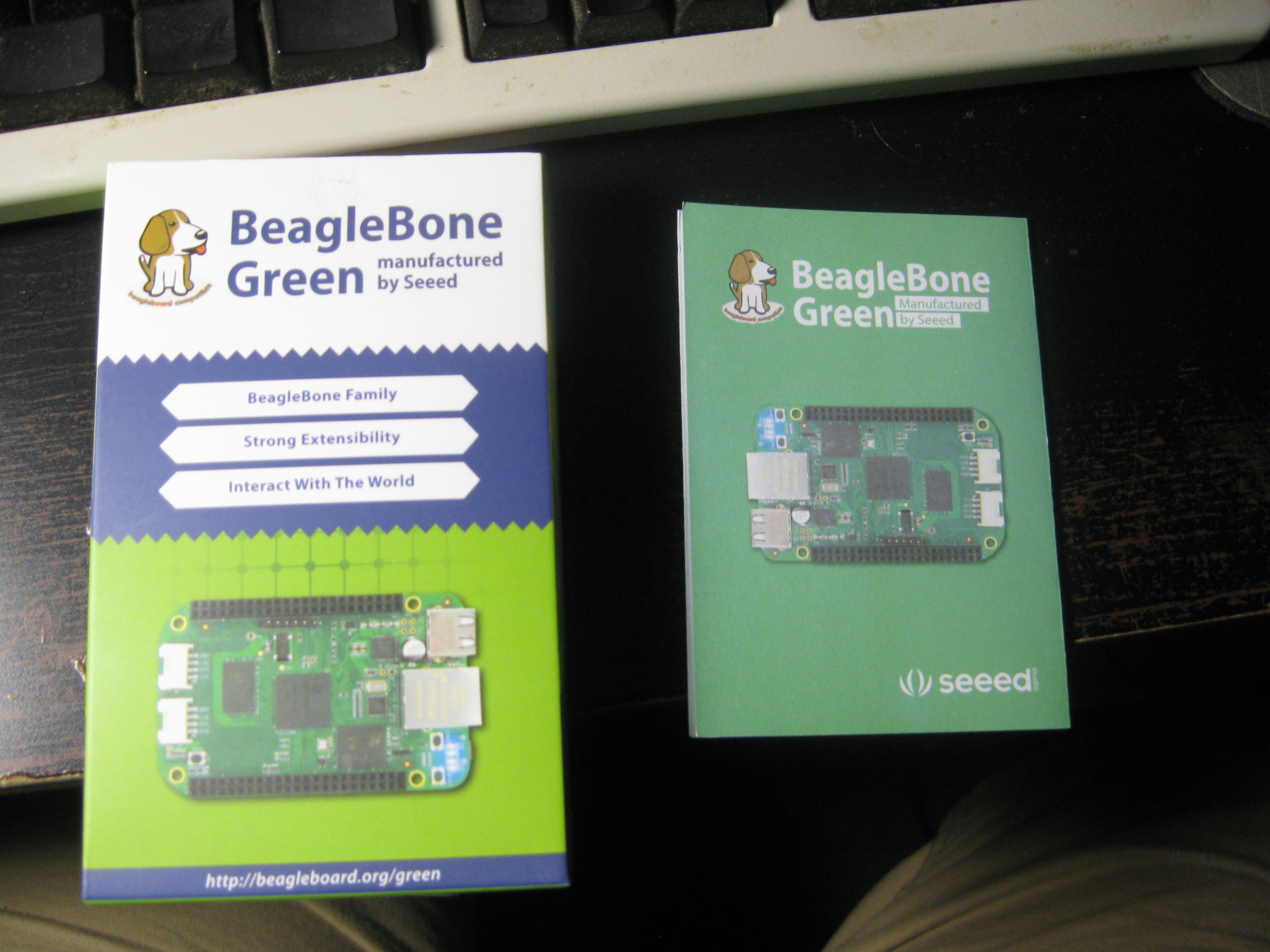
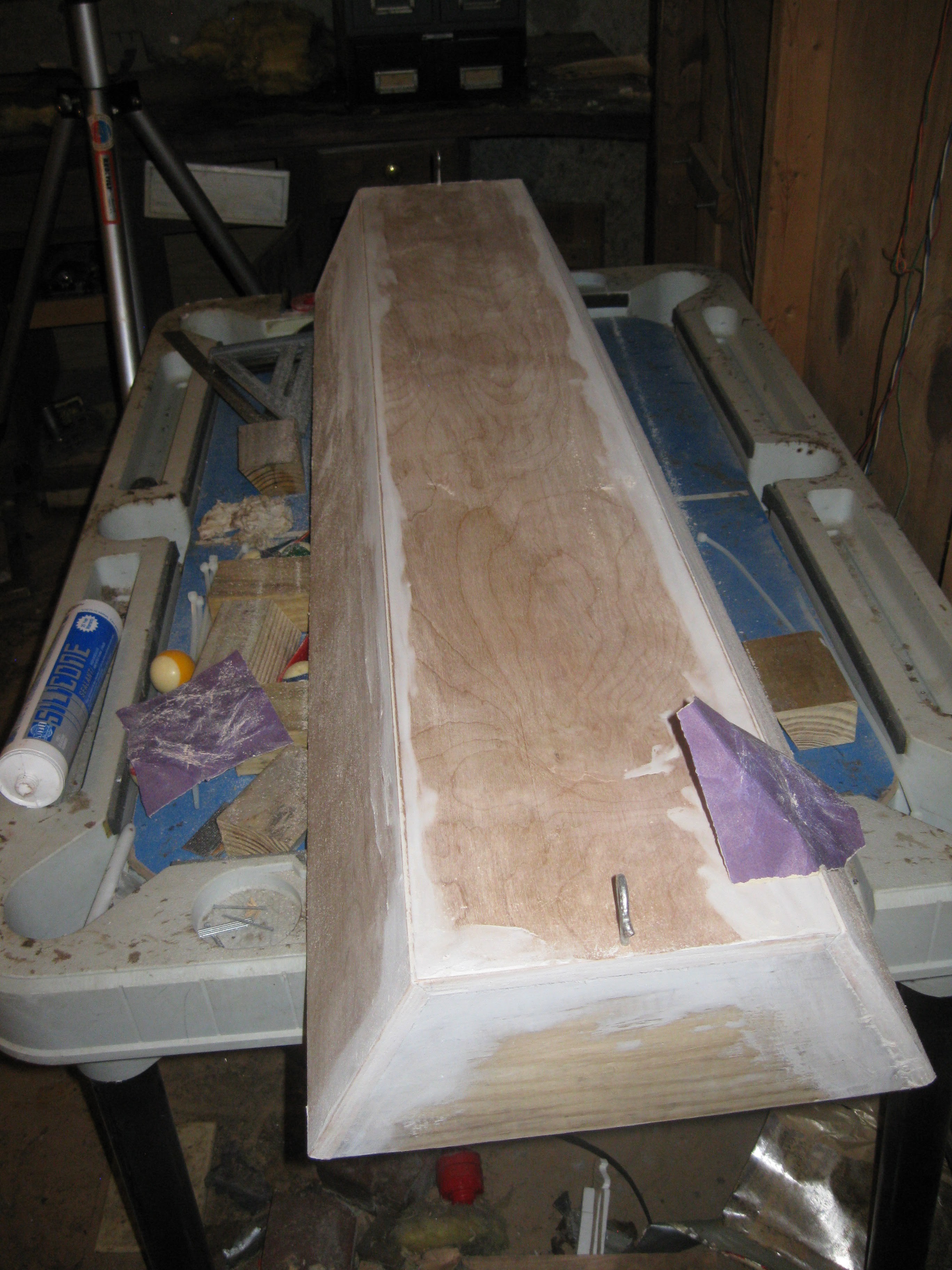

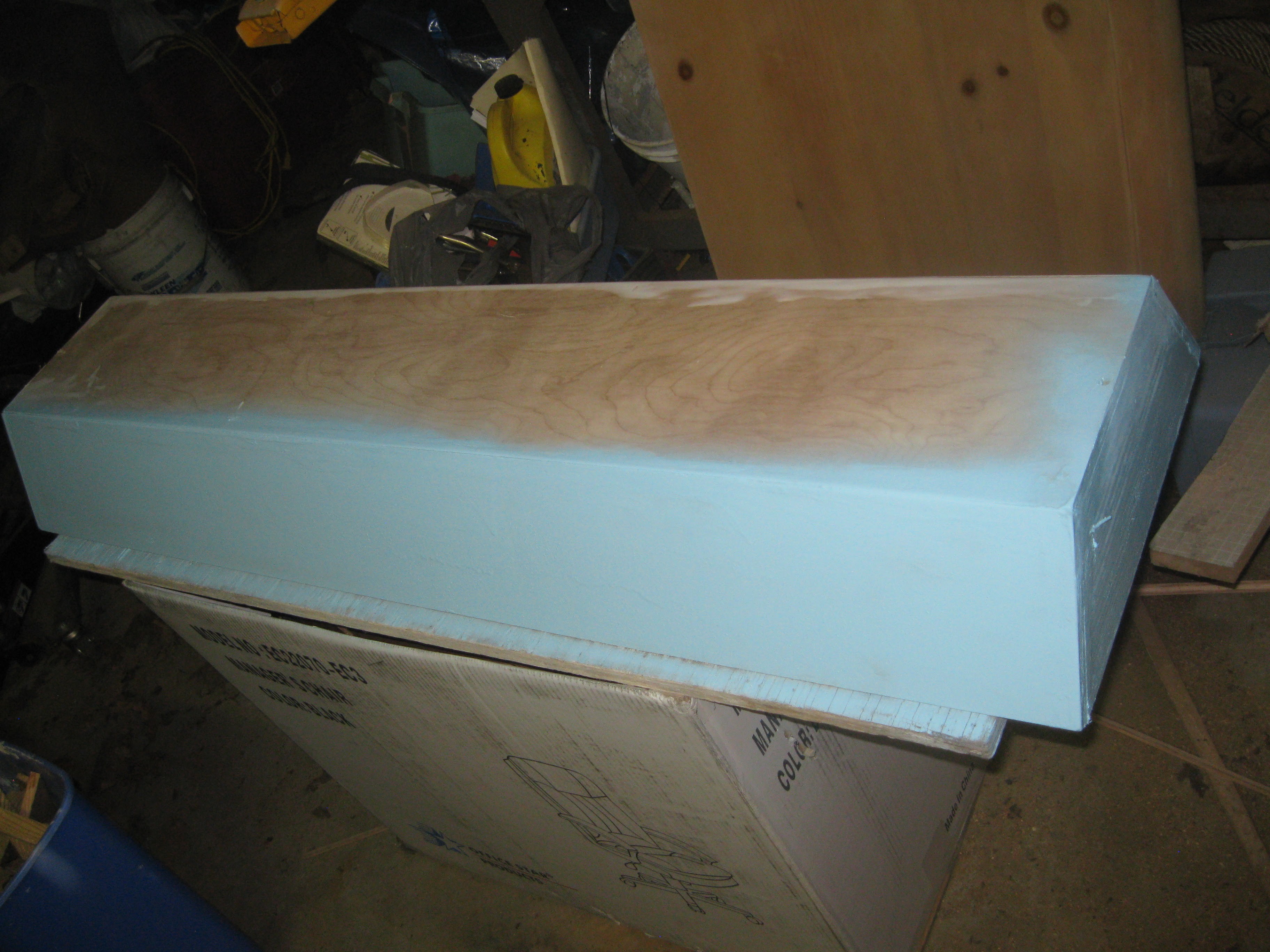
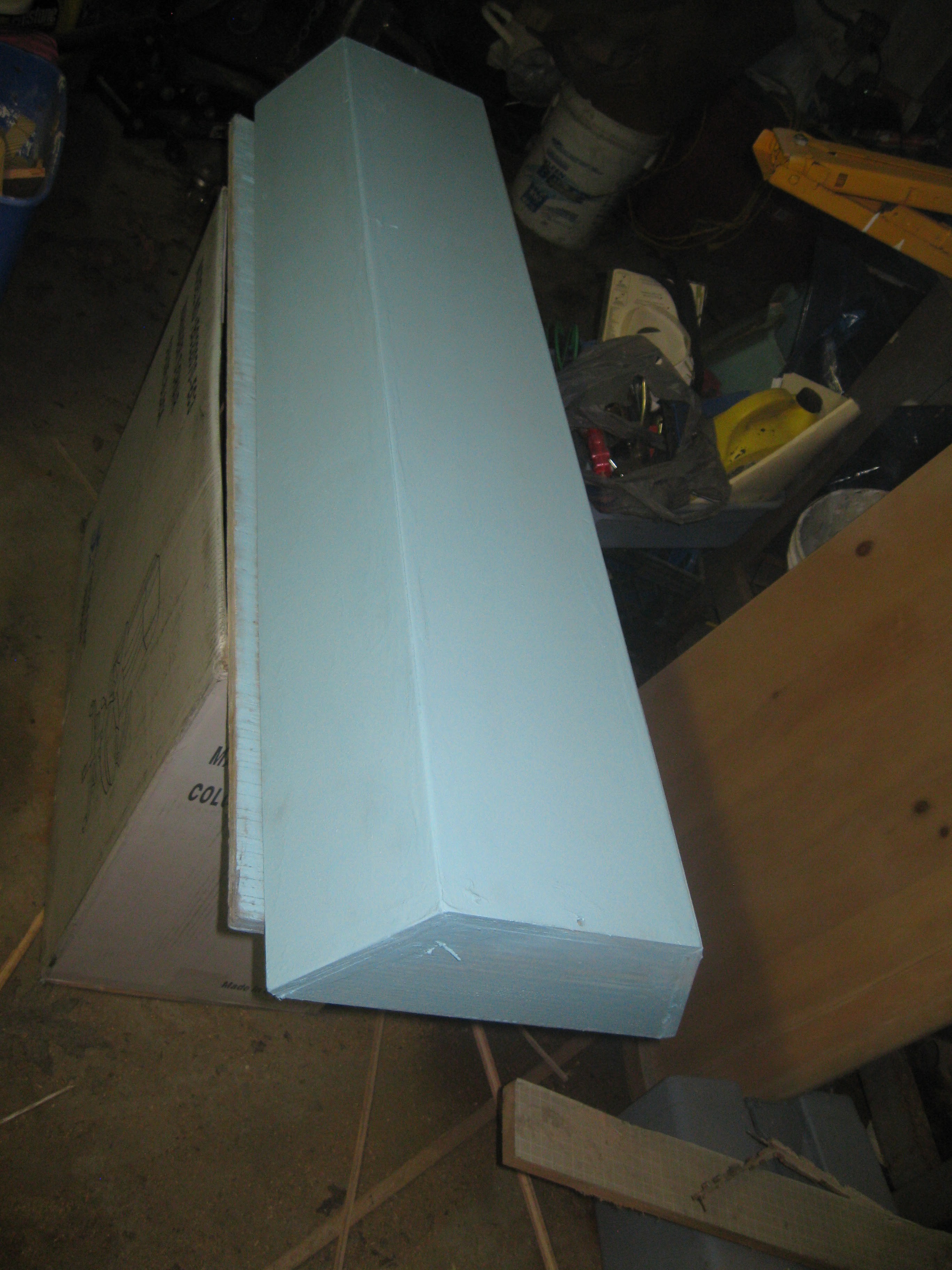
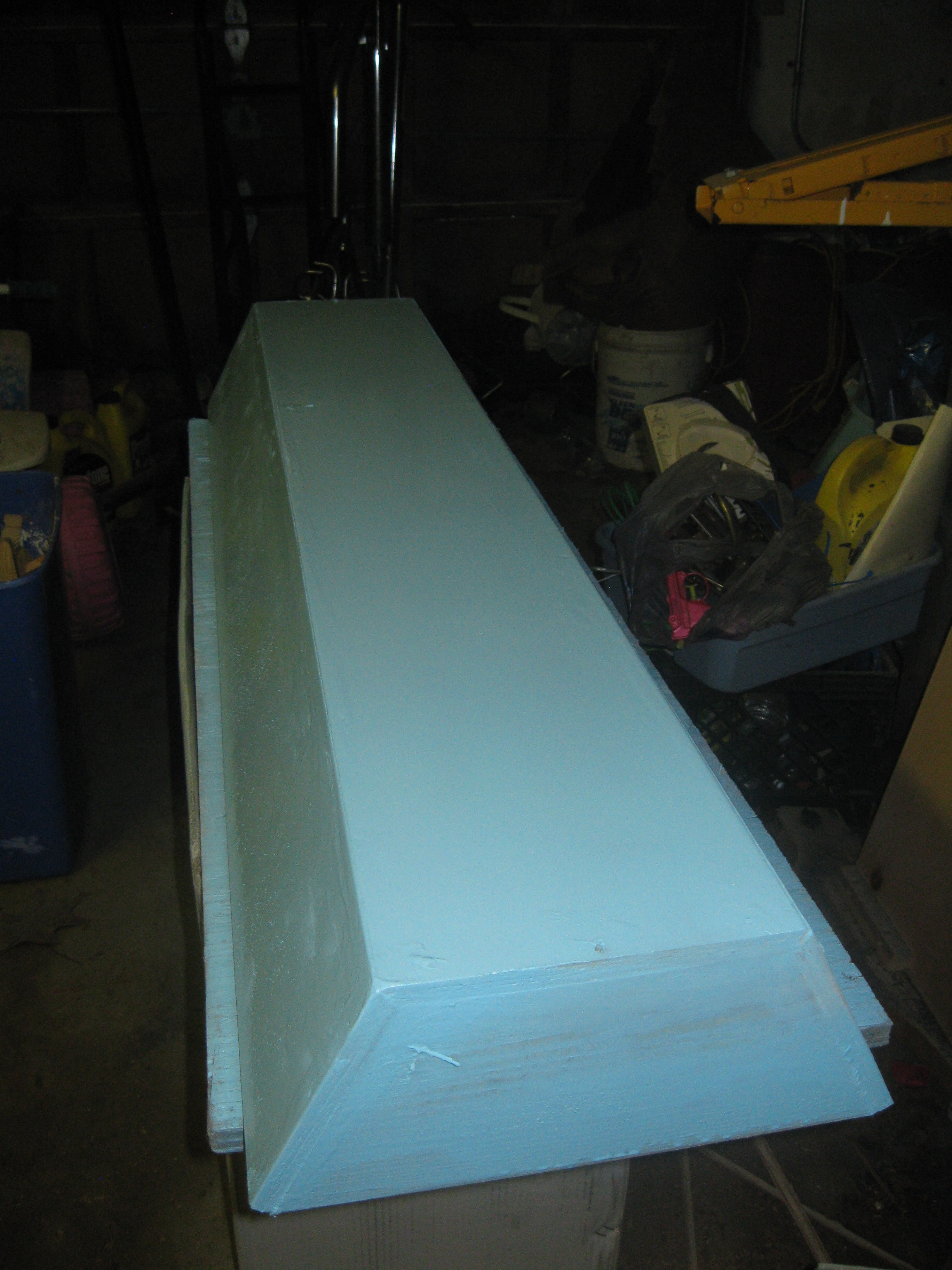
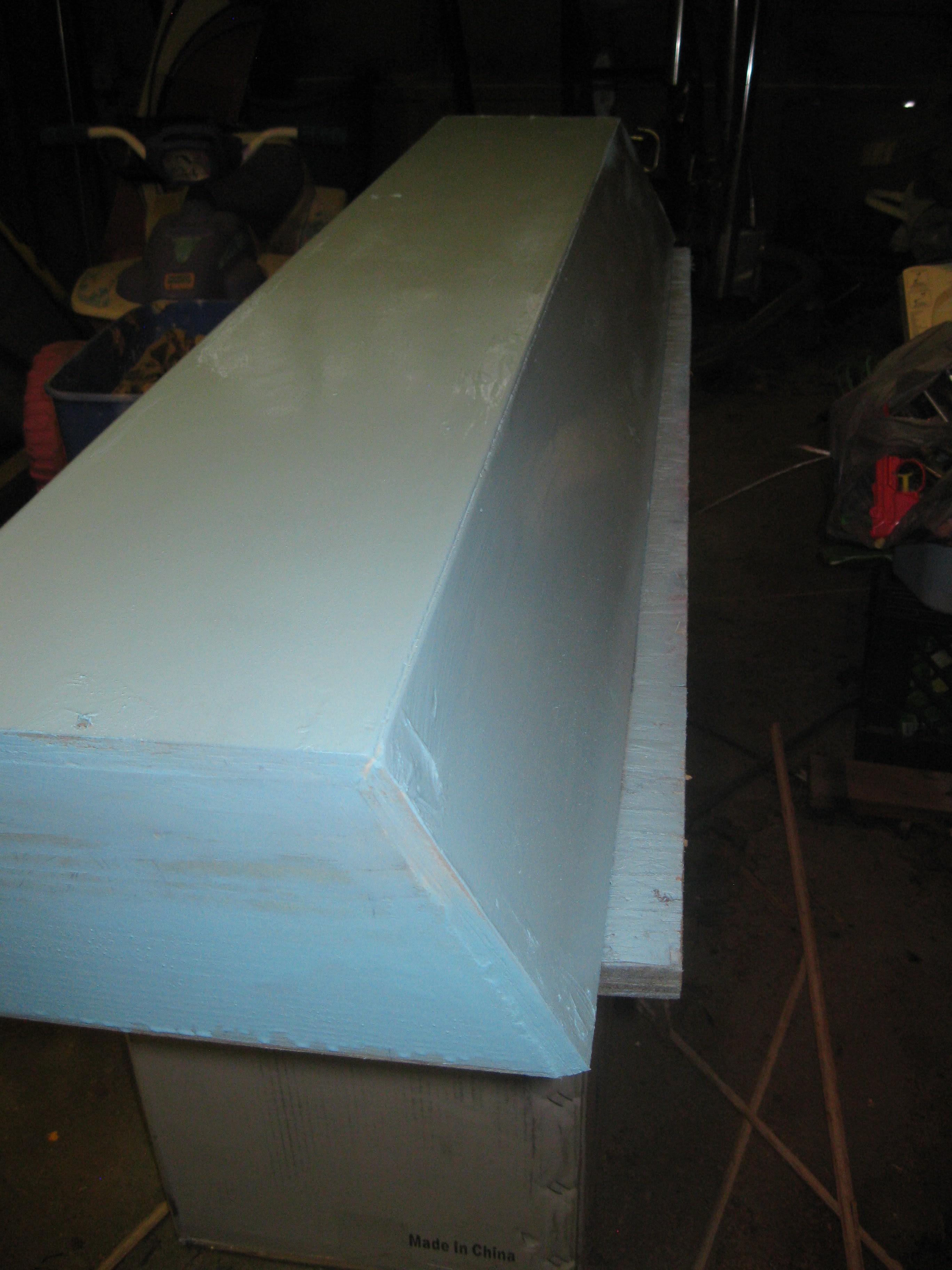
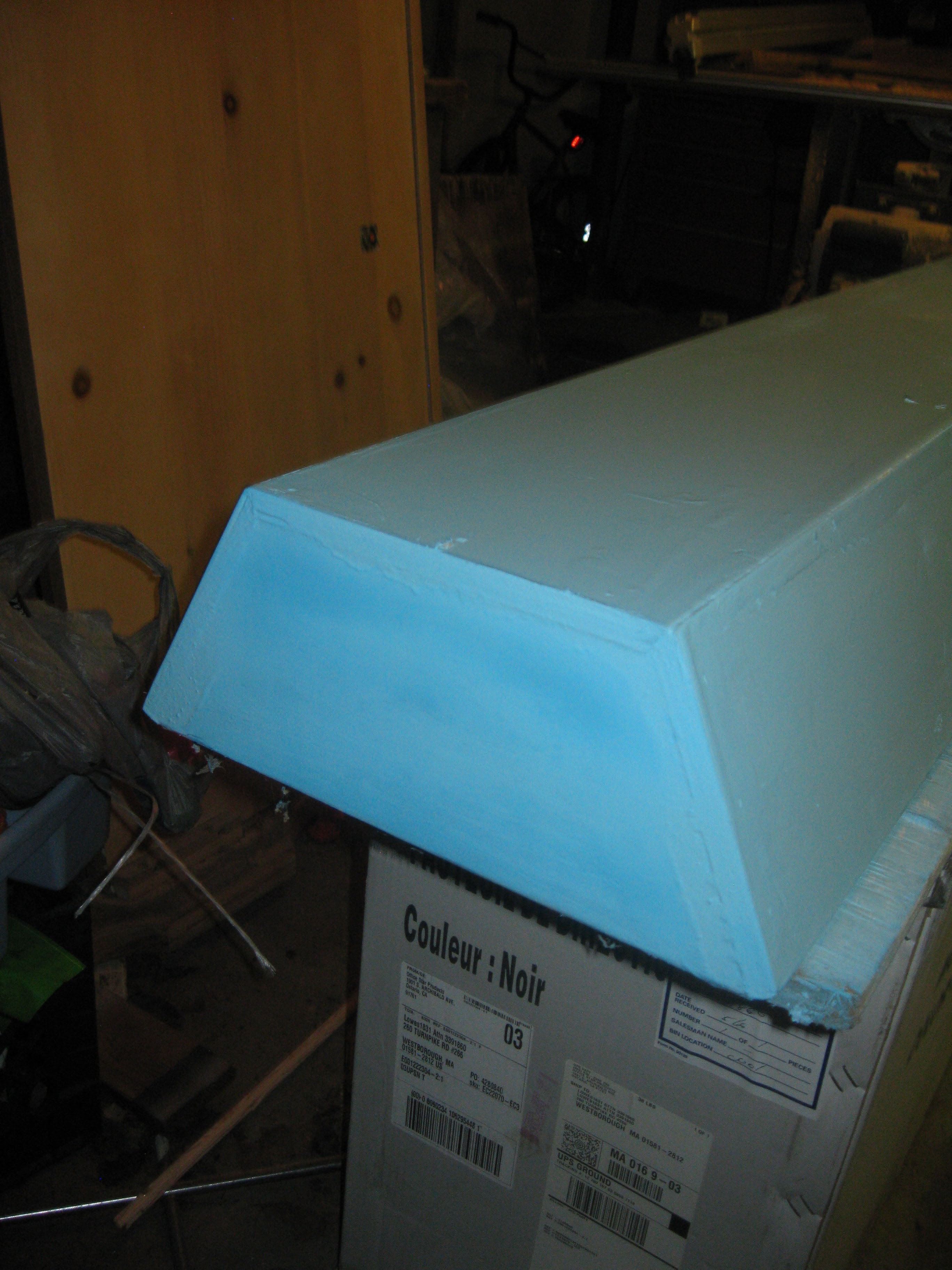
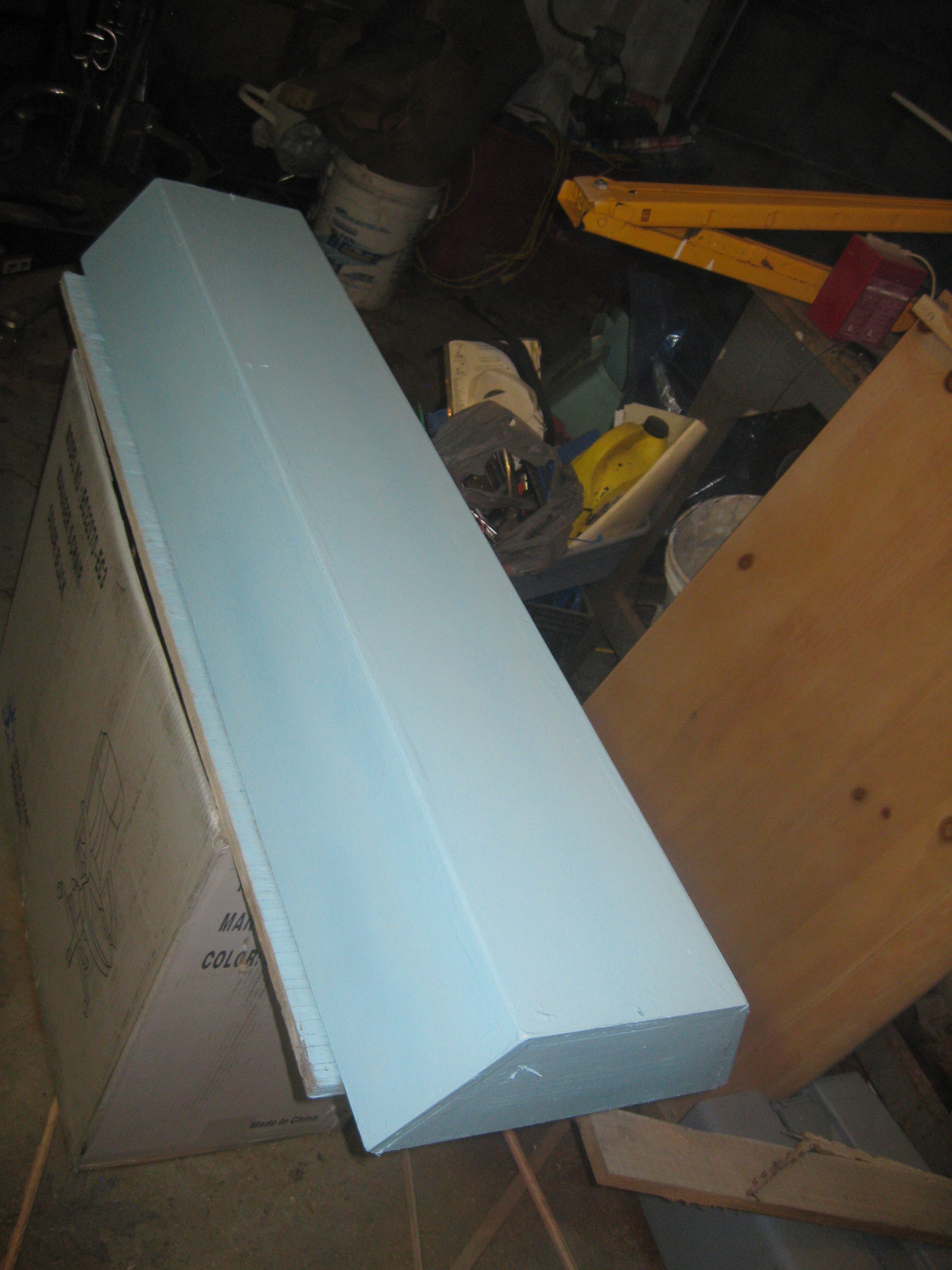
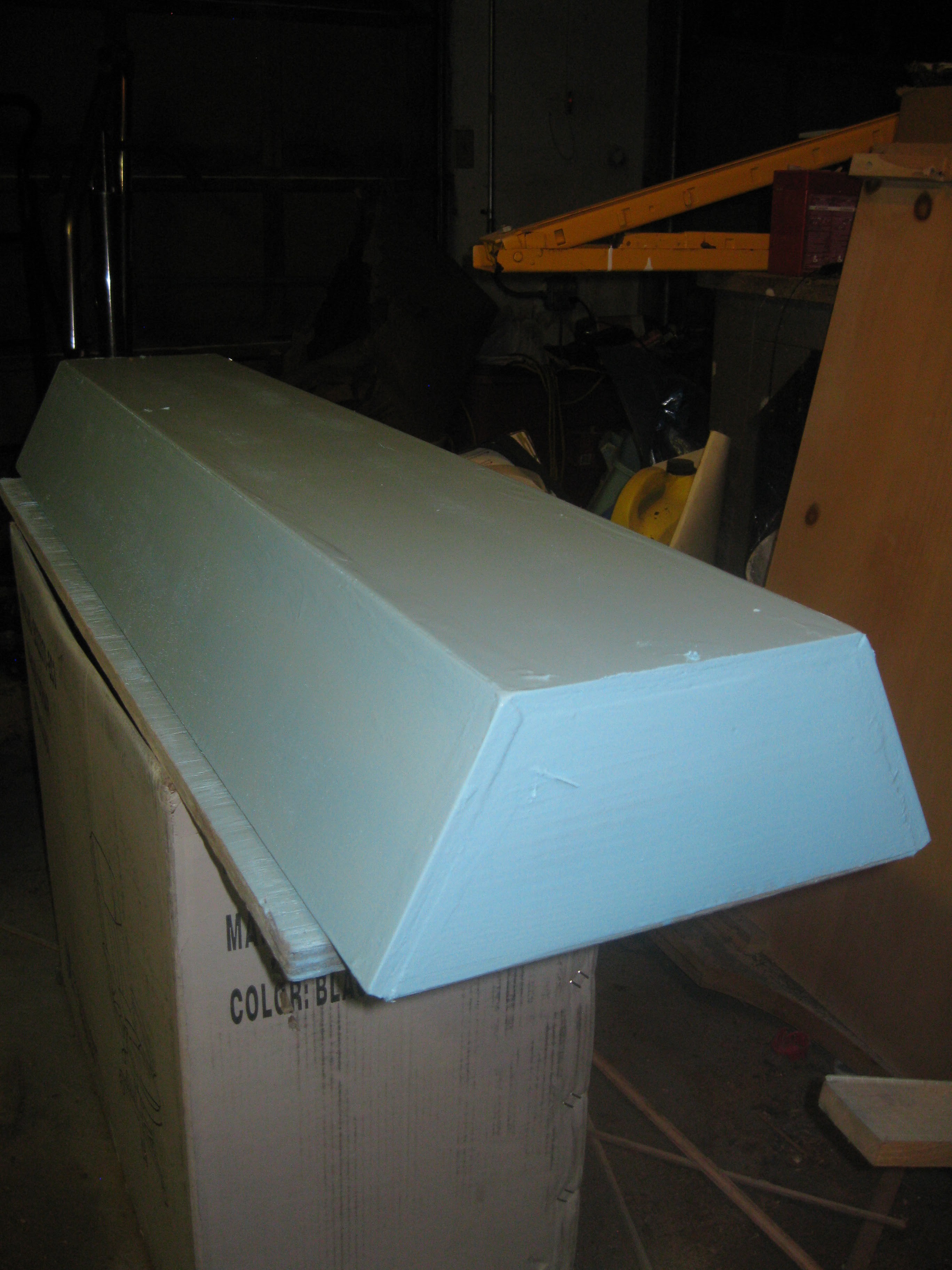
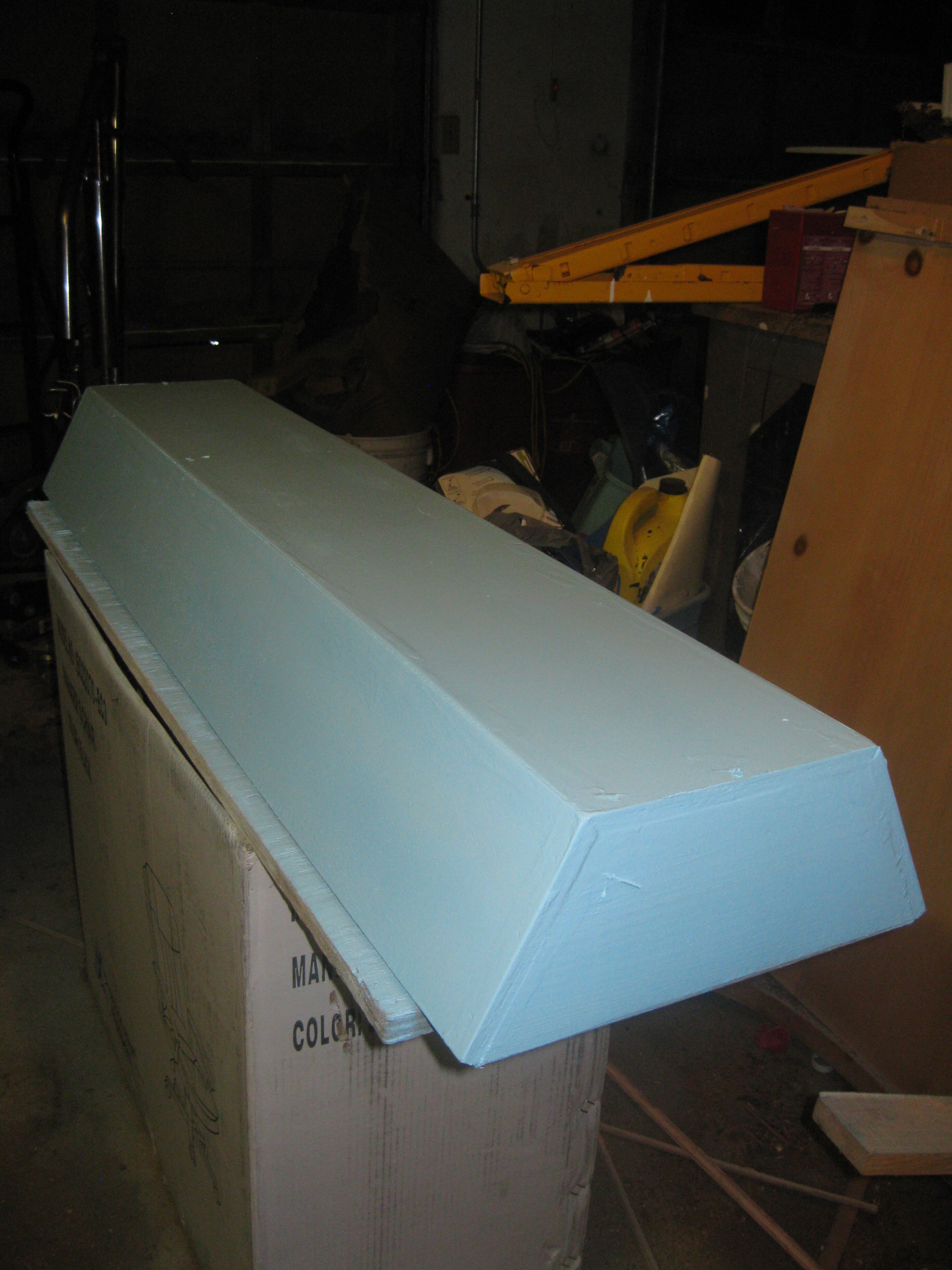

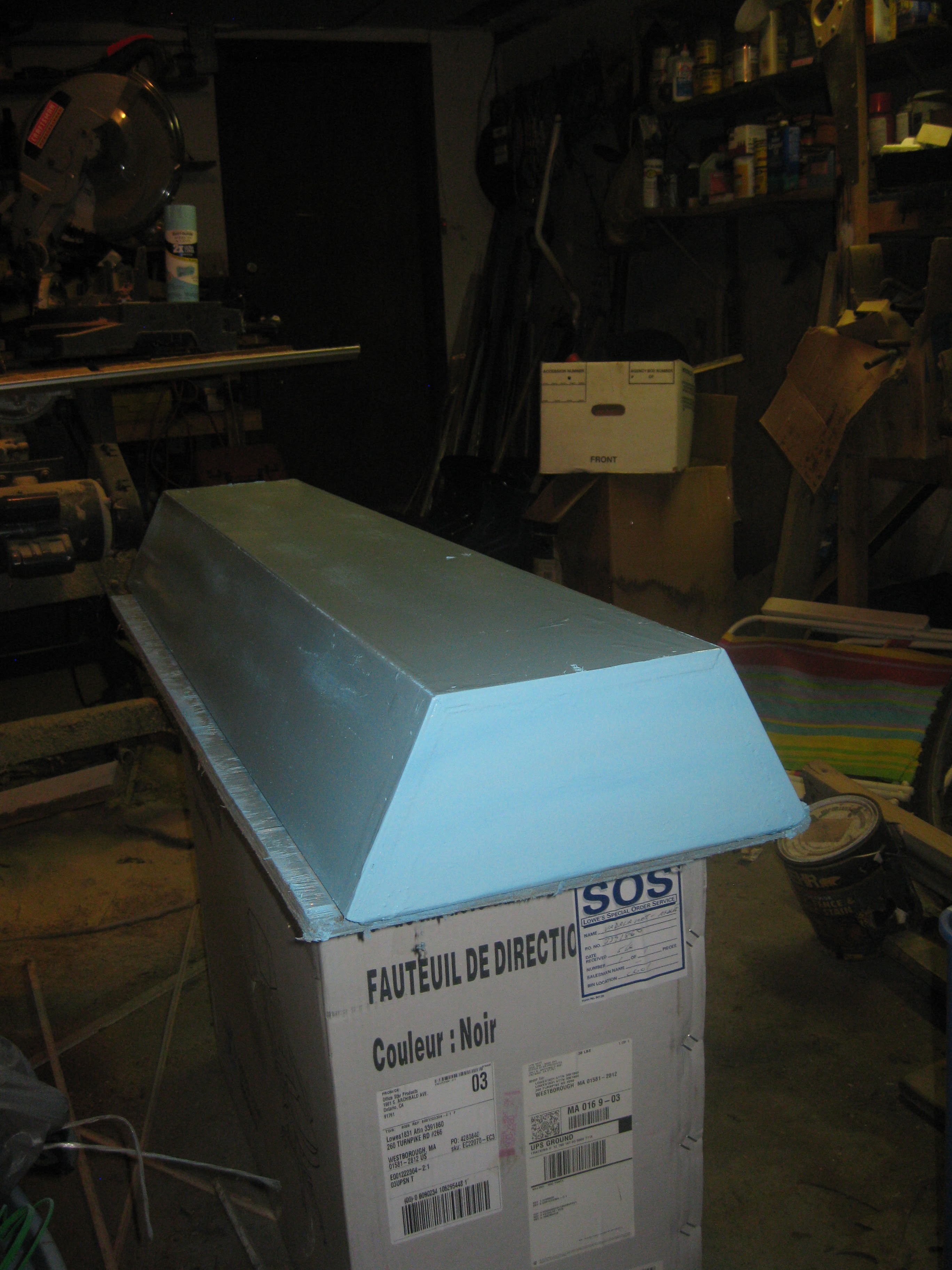
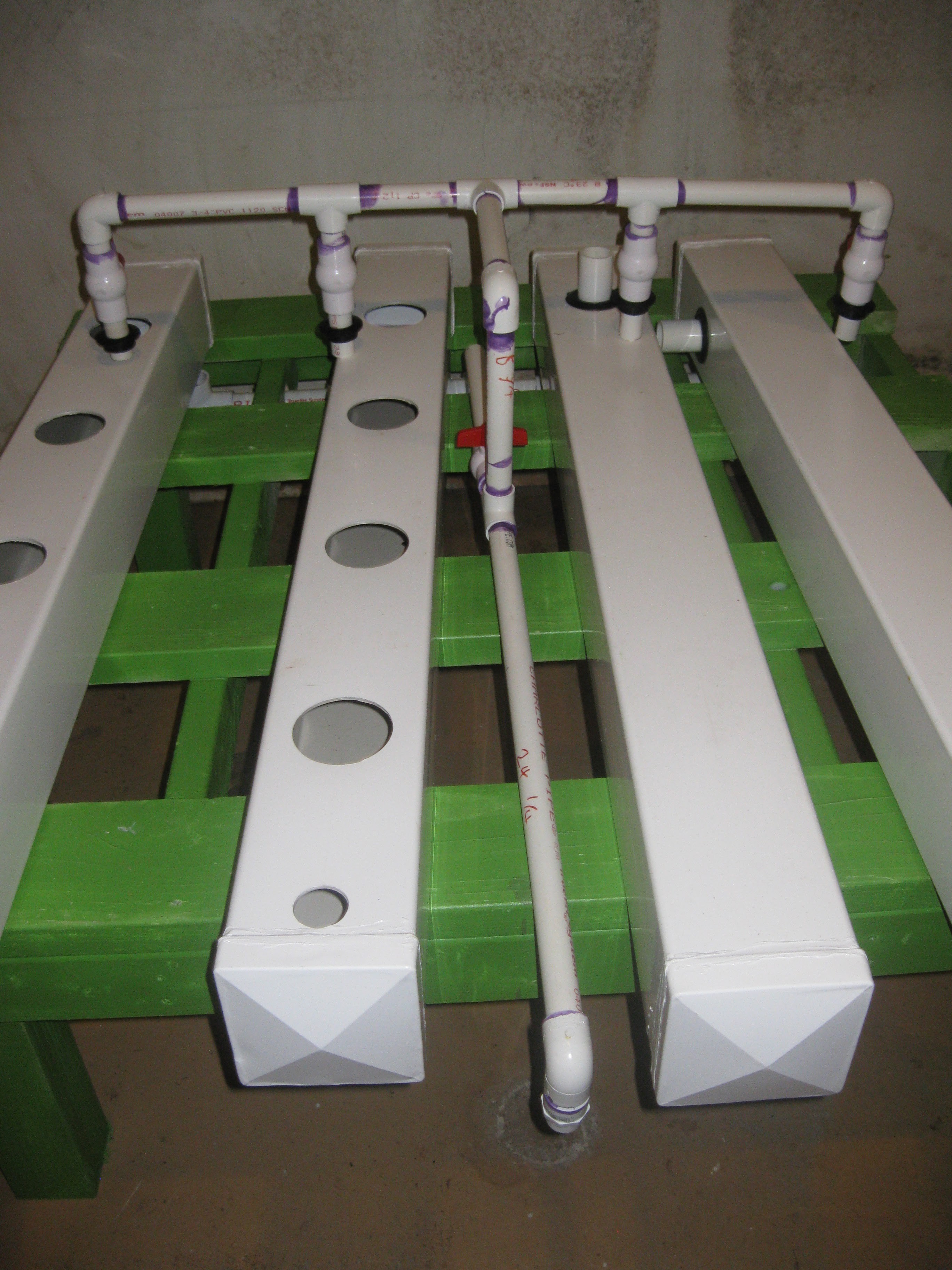

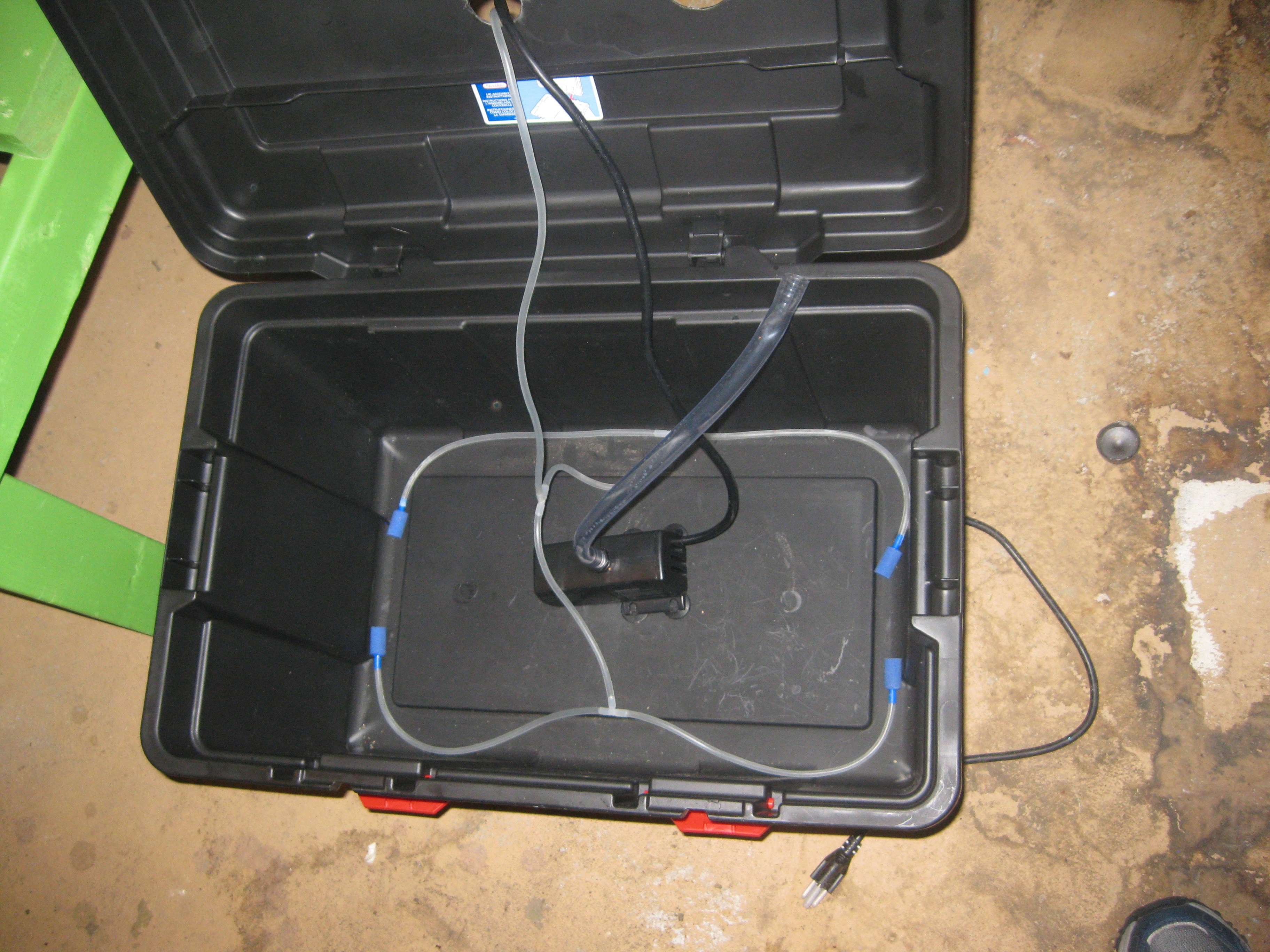

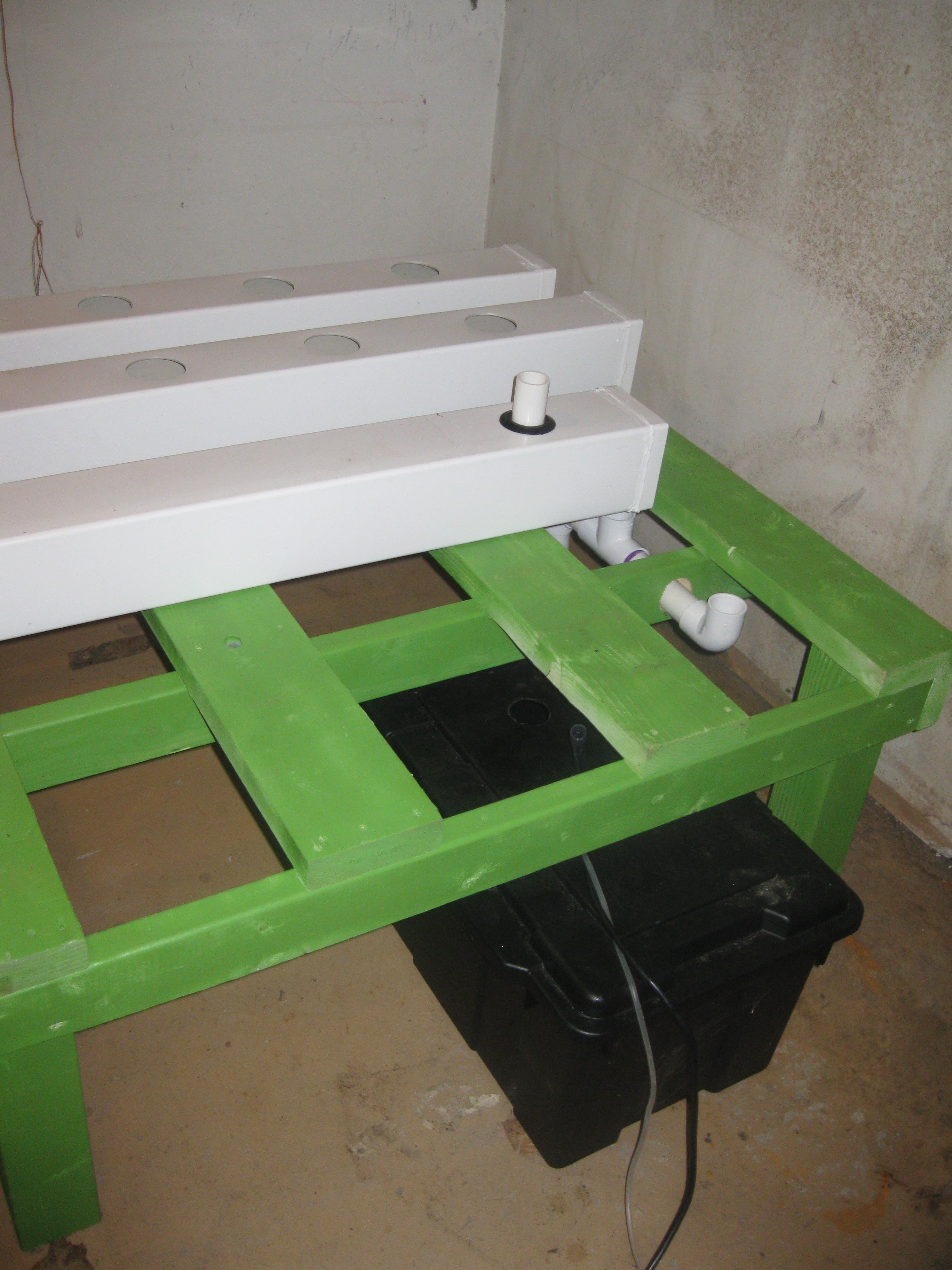
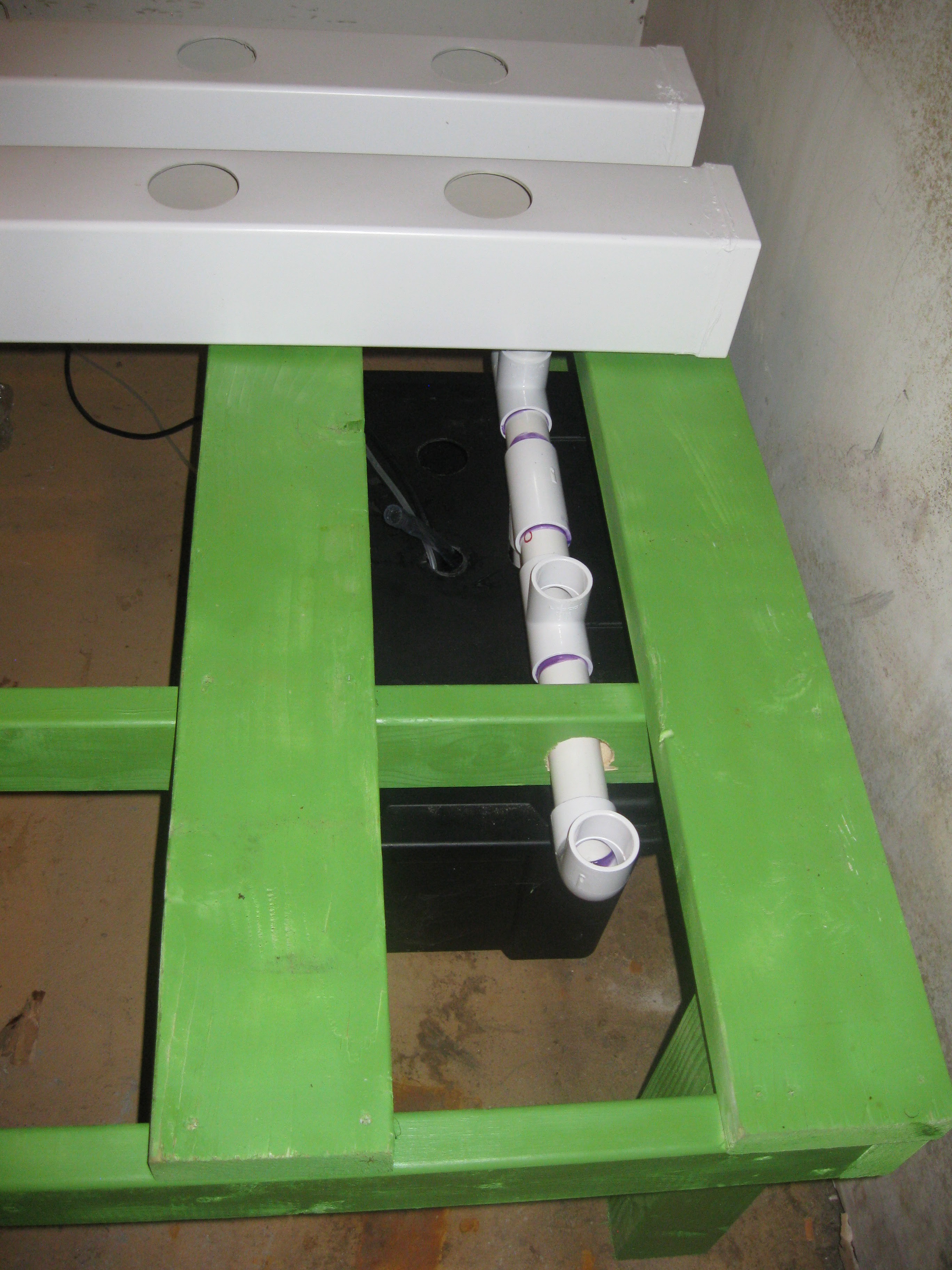



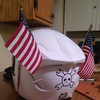
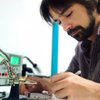


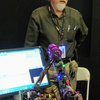

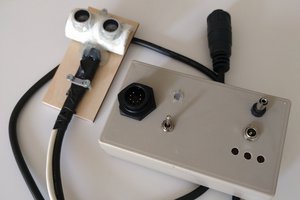
 Pauli Salmenrinne
Pauli Salmenrinne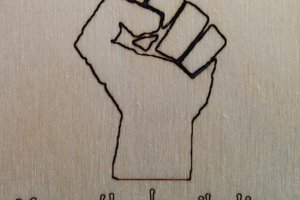
 Armin
Armin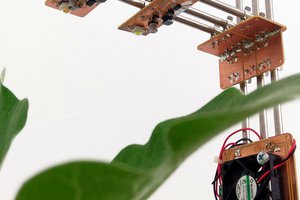
 timonsku
timonsku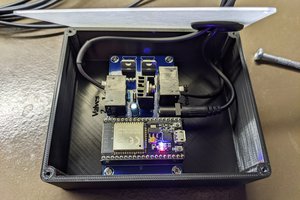
 Ben Brooks
Ben Brooks
how can I get all the modules in Indonesia? and how many! thks